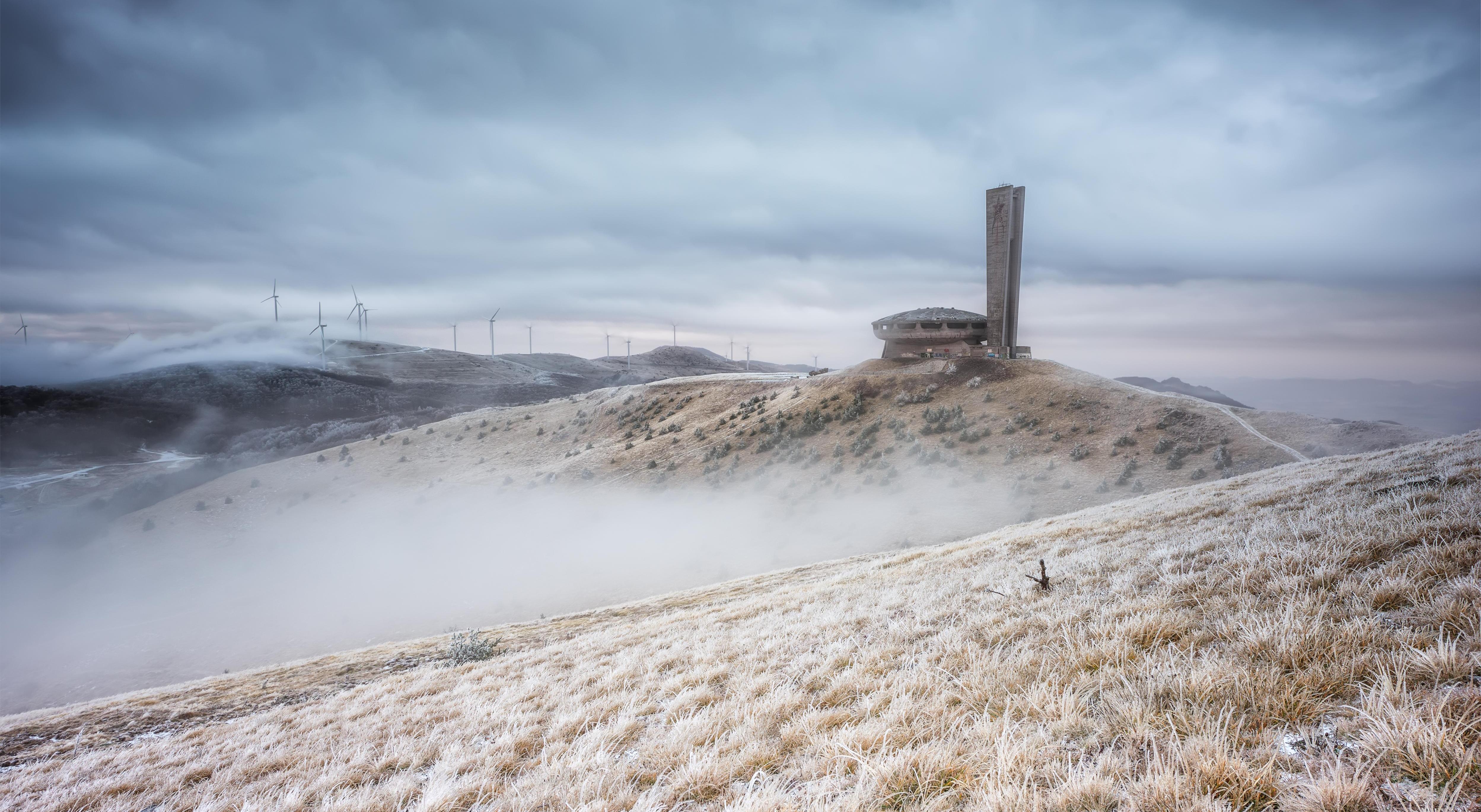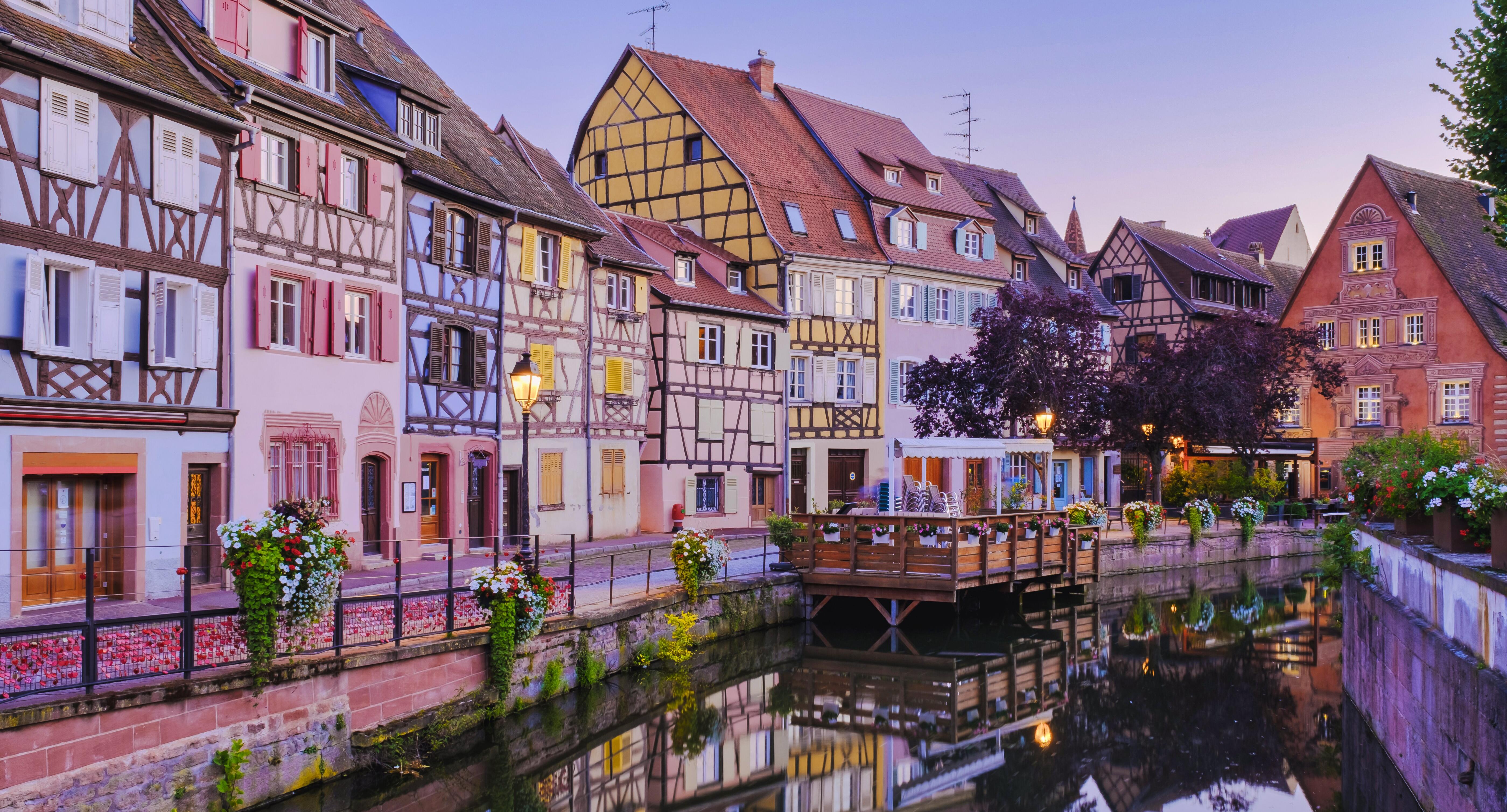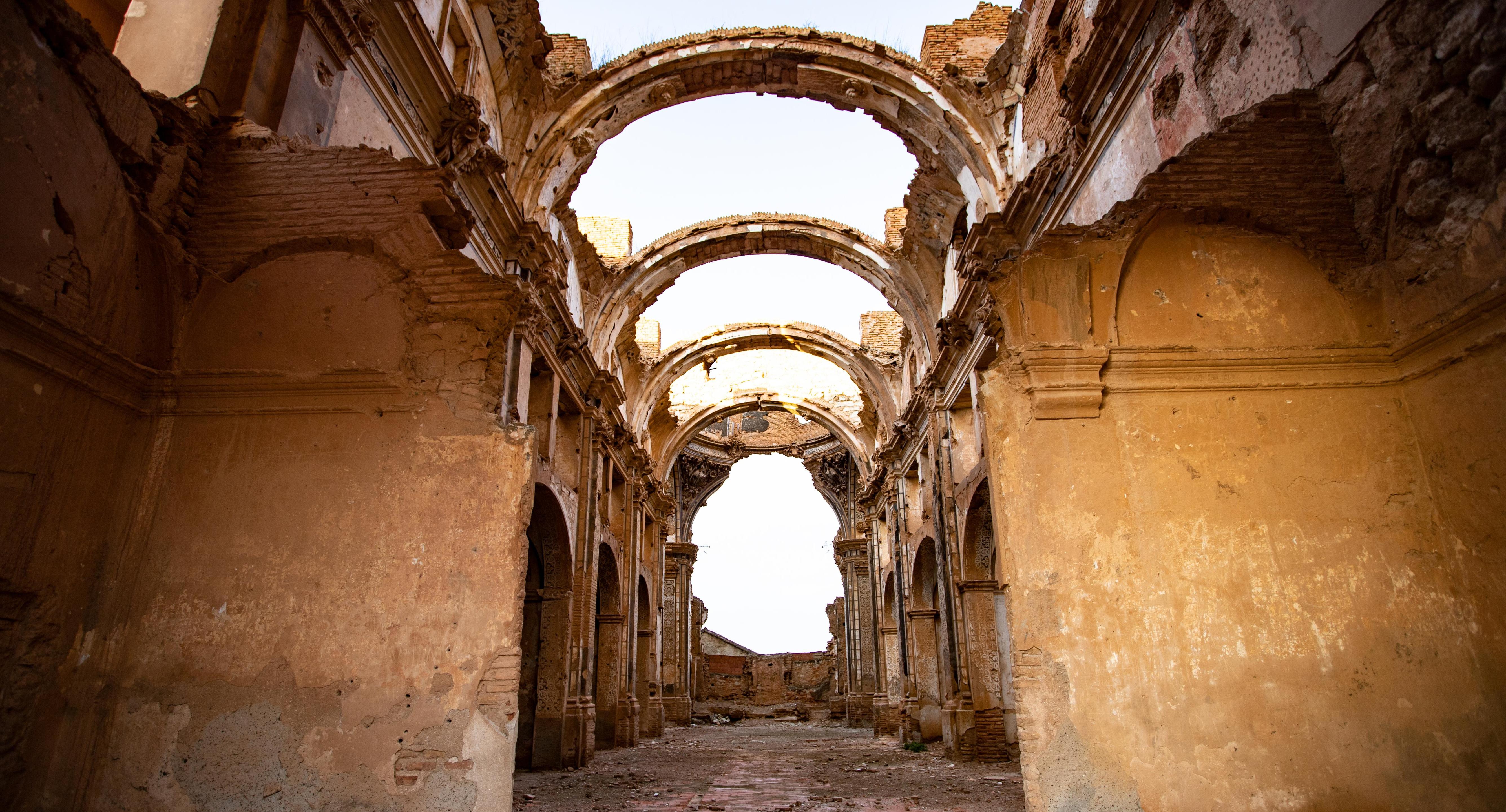25 Cities That Feel Like a Different Country Without Leaving the U.S.
The United States is often celebrated as a cultural mosaic—but some cities go beyond diversity and immerse you in full-blown global experiences. Picture strolling through streets lined with German timber-framed houses, savoring Portuguese pastries in a New England harbor town, or hearing Vietnamese spoken in a bustling Southern market—all without ever leaving U.S. soil. These unique enclaves offer more than just a nod to their cultural roots—they live and breathe them through architecture, cuisine, festivals, language, and everyday life. While iconic neighborhoods like San Francisco’s Chinatown or New York’s Little Italy are well-known, there’s a whole world waiting to be discovered in less expected corners of the country. That’s why we’ve expanded our list to 25 incredible U.S. cities that feel like traveling abroad—no passport required. From Nordic hamlets in the Midwest to vibrant Caribbean communities in Florida, these destinations offer rich, immersive slices of global culture right here at home.
1. Solvang, California – A Slice of Denmark in Wine Country
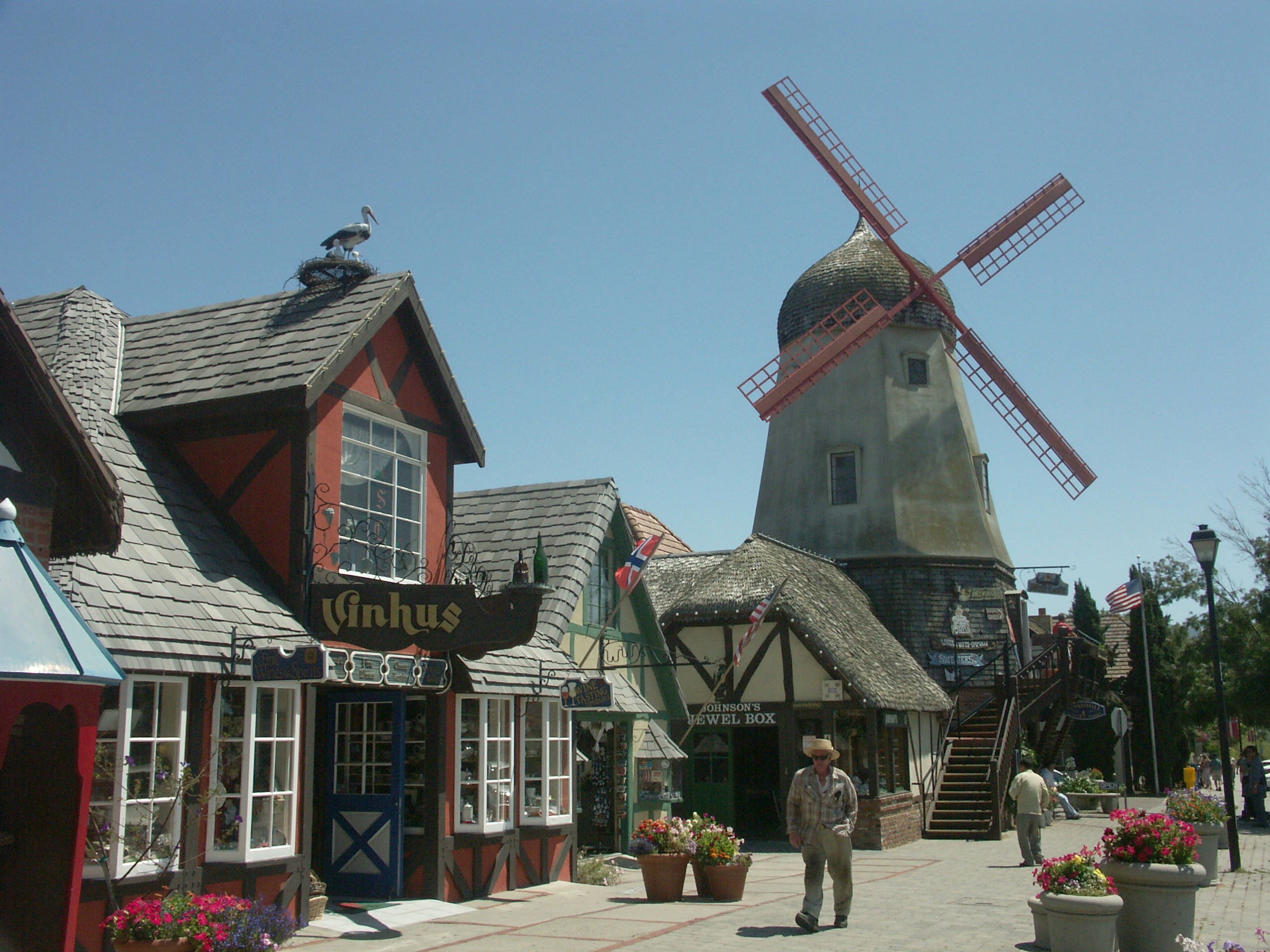
If you’ve ever wanted to experience a storybook Danish village, look no further than Solvang, California. Tucked into the Santa Ynez Valley, this town is dotted with windmills, half-timbered buildings, and authentic Danish bakeries serving flaky pastries like aebleskiver and kringle. Founded by Danish immigrants in 1911, Solvang celebrates its heritage with Scandinavian festivals, traditional folk dancing, and even a Hans Christian Andersen Museum. The town’s wine country setting adds another layer of charm, blending European tradition with California’s laid-back elegance.
2. St. Augustine, Florida – A Walk Through Spanish History
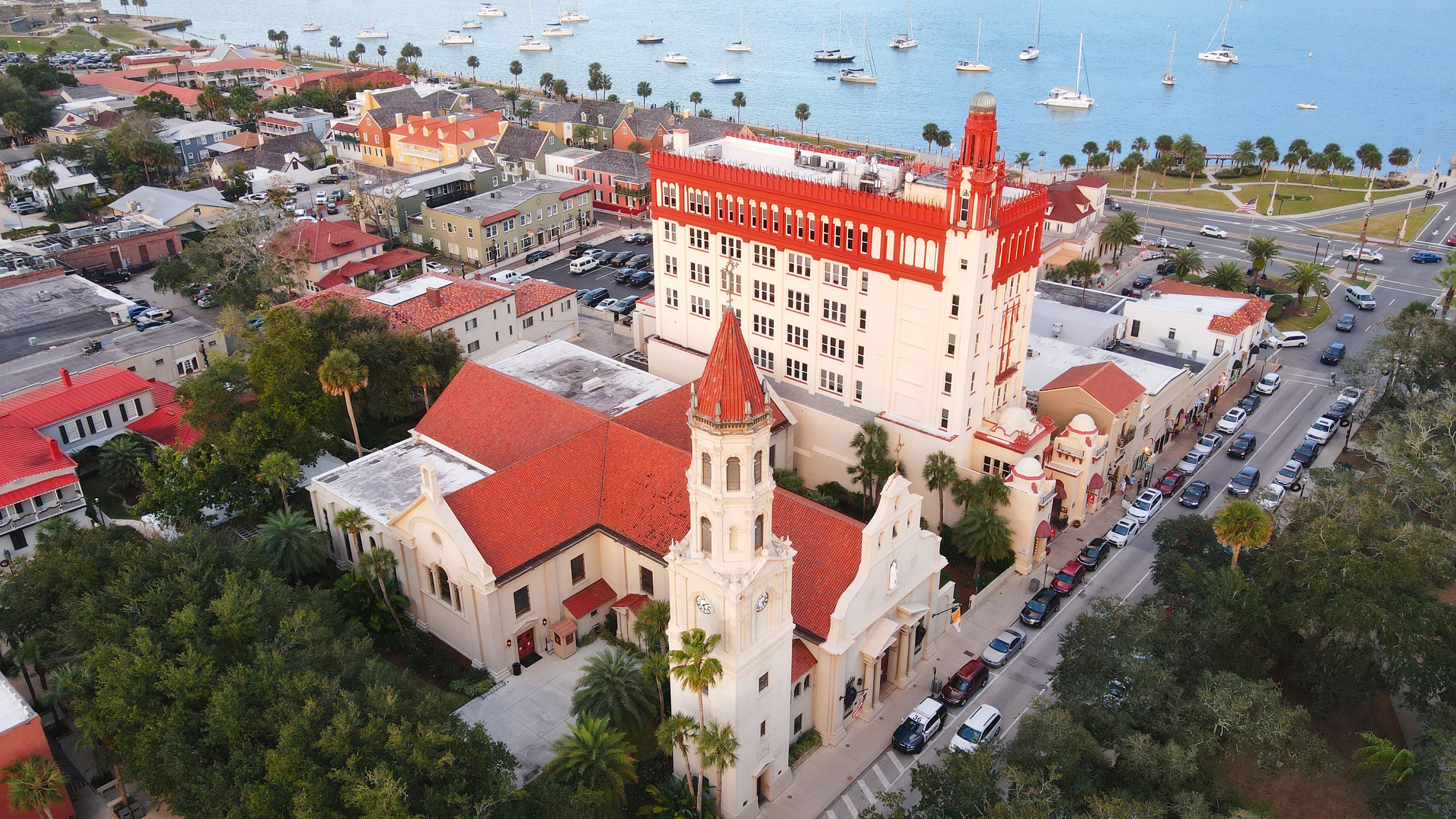
Founded in 1565 by Spanish explorers, St. Augustine is the oldest continuously inhabited European settlement in the U.S. Walking through the city’s cobblestone streets, whitewashed colonial architecture, and centuries-old forts, you’d be forgiven for thinking you’d landed in Seville or Madrid. The Castillo de San Marcos, a 17th-century fortress overlooking the bay, feels like a miniature slice of Spain in Florida. Spanish cuisine is also alive and well, with local spots serving paella, sangria, and jamón ibérico in authentic Old World settings.
3. Holland, Michigan – A Dutch Wonderland in the Midwest
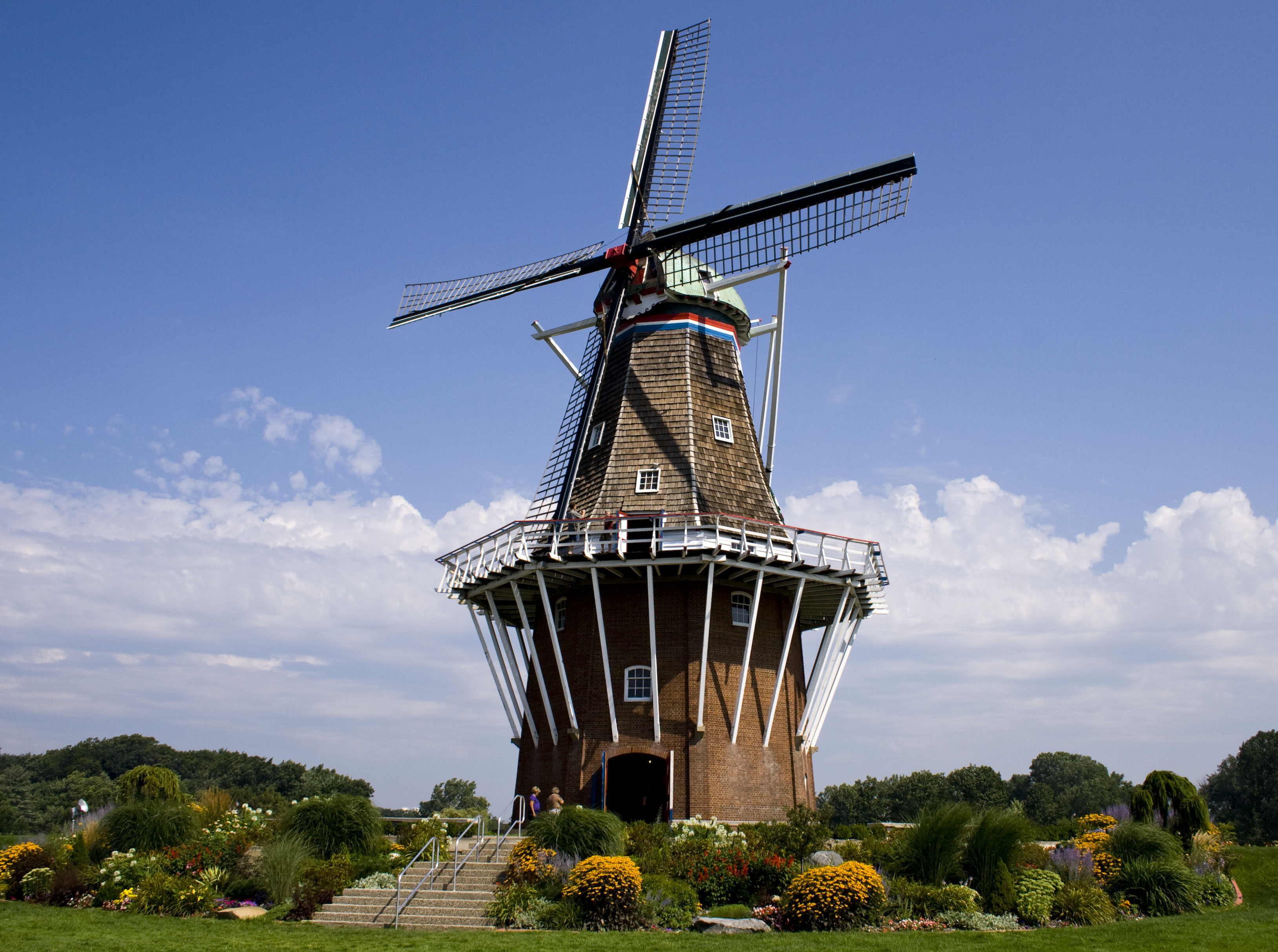
Yes, you read that right—there’s a Dutch-inspired town in Michigan, complete with windmills, tulip fields, and wooden clogs, making it feel like you’ve been transported to the countryside of the Netherlands. Founded by Dutch immigrants in the 1800s, Holland, Michigan, has fully embraced its heritage, evident in its architecture, festivals, and food. Each spring, the town bursts into color during the Tulip Time Festival, one of the largest flower festivals in the U.S., featuring over 6 million tulips in vibrant hues. This century-old tradition draws thousands of visitors, who stroll through Windmill Island Gardens, pose for photos amid endless rows of tulips, and enjoy traditional Dutch folk dancing performances in the streets. A visit to Holland isn’t complete without seeing De Zwaan Windmill, a genuine 250-year-old Dutch windmill transported from the Netherlands and still in operation today. Local bakeries serve Dutch treats like stroopwafels (thin caramel-filled waffle cookies), buttery banket (almond pastries), and Dutch apple pie, baked with extra cinnamon and a thick crumb topping that makes it distinct from its American counterpart.
4. Leavenworth, Washington – A Bavarian Escape in the Cascades
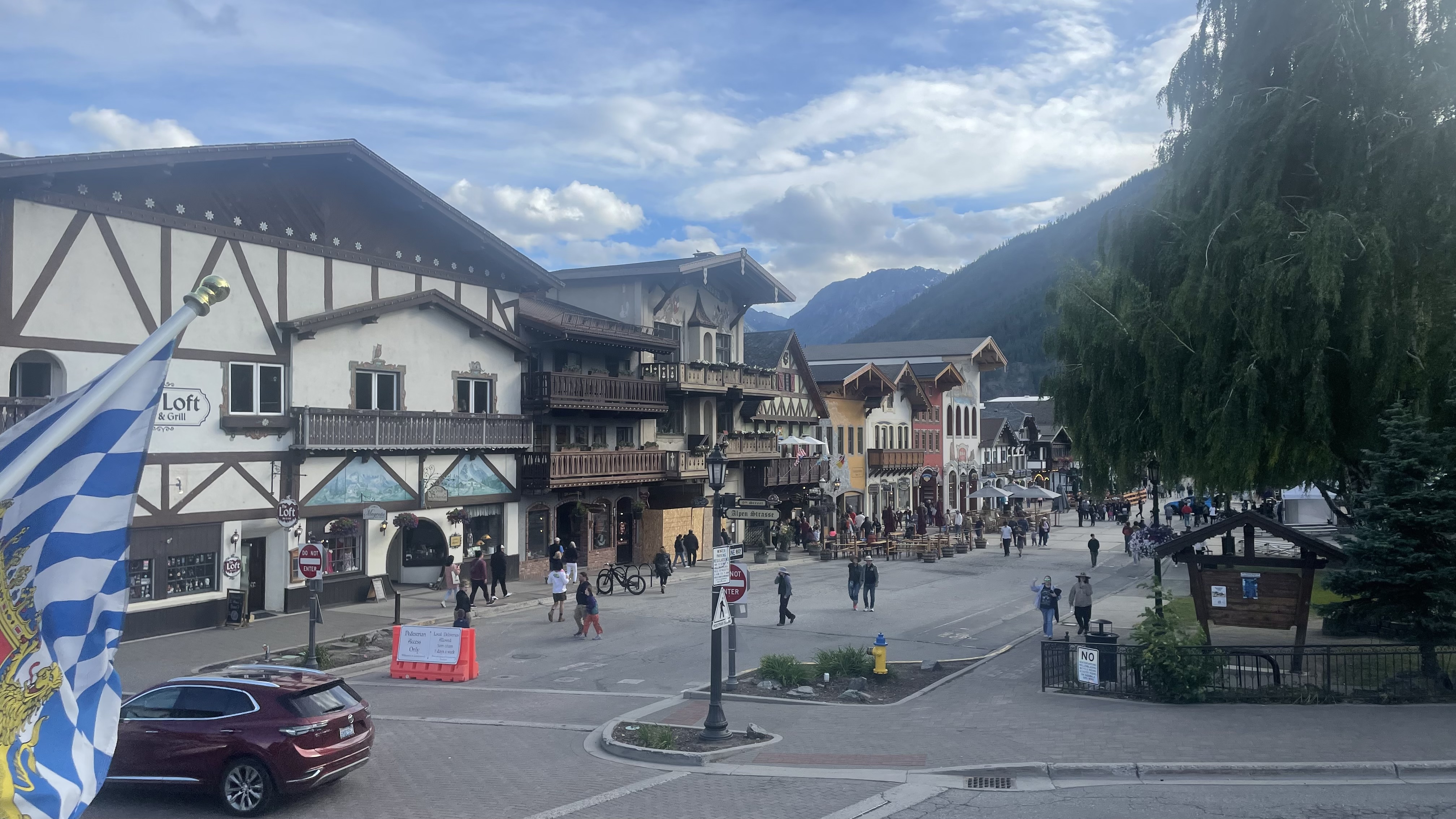
Nestled in the snow-capped peaks of Washington State, Leavenworth is a Bavarian-style village that transports visitors straight to Germany’s Alpine region. This charming mountain town was reimagined in the 1960s to mirror an authentic Bavarian village, and today, it feels like a slice of Germany tucked into the Pacific Northwest. As soon as you arrive, you’ll notice the Alpine chalets adorned with wooden balconies, intricate murals, and German script signs. The town's pedestrian-friendly streets are lined with authentic beer halls, quaint bakeries, and restaurants serving bratwurst, schnitzel, and Bavarian pretzels. One of the best ways to soak in the atmosphere is by grabbing a stein of German-style beer from one of the local breweries and enjoying a plate of sauerkraut and spaetzle while listening to live accordion music. Leavenworth is famous for its festive events. Its Oktoberfest celebration rivals those in Germany, complete with traditional music, lederhosen-clad dancers, and flowing pints of authentic Bavarian brews. During the holiday season, Leavenworth transforms into a magical winter wonderland, with over half a million Christmas lights, a Christkindlmarkt (German-style Christmas market), and plenty of glühwein (warm spiced wine) to keep you cozy.
5. Tarpon Springs, Florida – A Greek Island Getaway
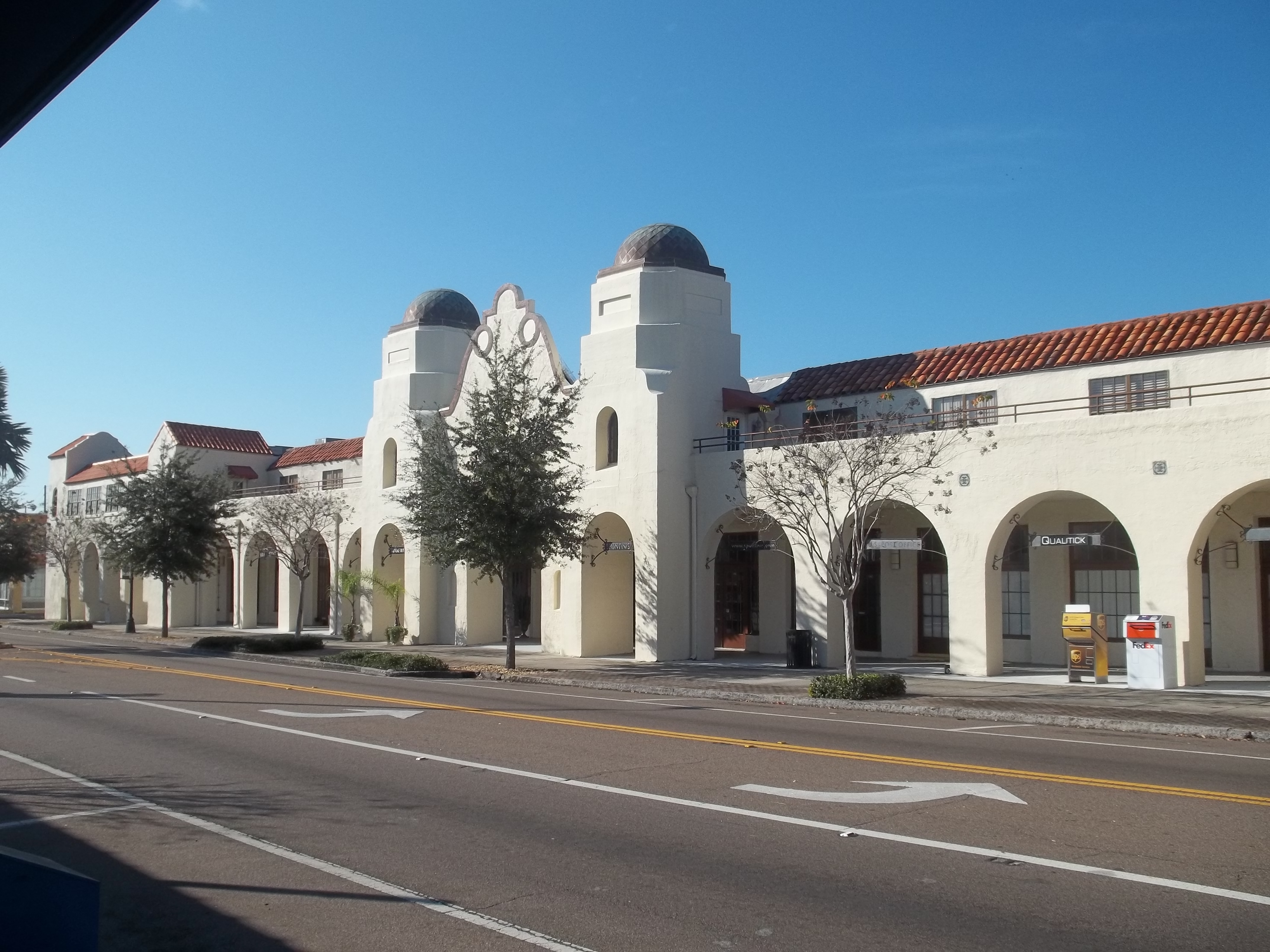
Few people expect to find a Greek island experience in Florida, but in Tarpon Springs, Greek culture is alive and thriving, making it the most Greek city in the United States. Located along Florida’s Gulf Coast, this seaside town has deep roots in Greek history, cuisine, and traditions, thanks to waves of Greek immigrants—especially sponge divers—who settled here in the early 1900s. One of the town’s biggest draws is Dodecanese Boulevard, a waterfront district lined with Greek restaurants, bakeries, and sponge shops. As you stroll past whitewashed buildings and blue-painted awnings, you’ll feel like you’ve stepped into a Mediterranean village on the Aegean Sea. Here, you can watch sponge divers at work, a tradition passed down for over a century, and visit the Sponge Docks, where boats still bring in fresh natural sea sponges harvested from the ocean floor. The food scene in Tarpon Springs is as authentic as it gets. You’ll find flaky baklava, rich moussaka, savory souvlaki, and freshly baked spanakopita at family-run tavernas. Be sure to try loukoumades—crispy, golden Greek doughnuts drenched in honey and cinnamon—a local favorite. Many restaurants also serve Greek-style seafood, featuring octopus, grilled fish, and shrimp prepared with lemon, olive oil, and herbs.
6. Lindsborg, Kansas – Sweden in the Heartland
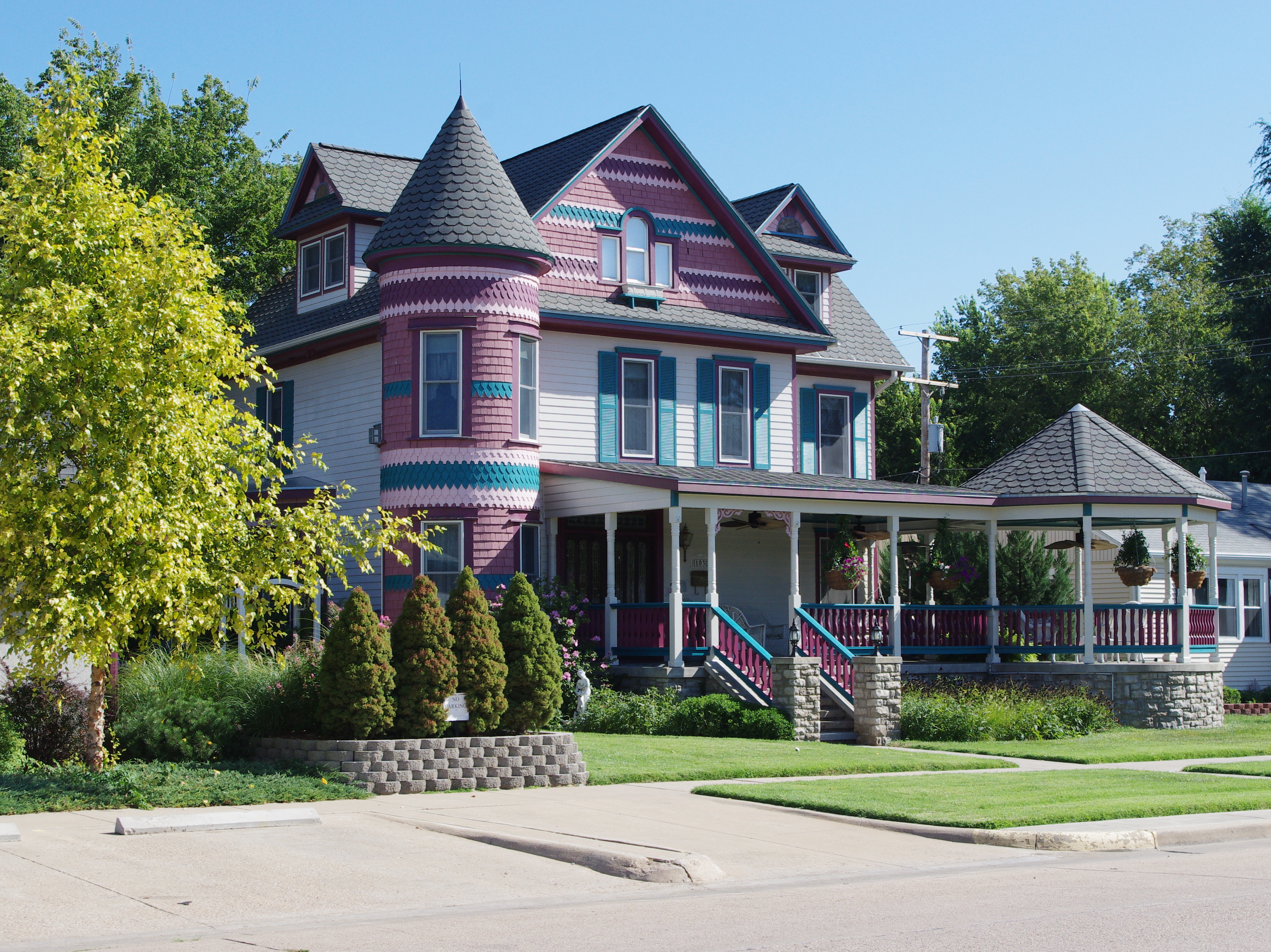
Known as “Little Sweden, USA,” Lindsborg, Kansas, is a charming small town where Swedish heritage is more than just history—it’s a way of life. Founded by Swedish immigrants in the 1860s, this town is filled with colorful Dala horses, Scandinavian traditions, and deep cultural pride. Walking through downtown, you’ll find Swedish folk art, Nordic bakeries, and shops selling handcrafted wooden Dala horses, the beloved Swedish symbol of strength and good luck. The town comes alive during Midsummer celebrations, where residents and visitors dance around the maypole, sing Swedish songs, and wear traditional folk costumes. The Viking reenactments, folk dancing, and the St. Lucia Festival add to Lindsborg’s rich cultural calendar, giving visitors an immersive experience into Sweden’s long-standing traditions. And if you have a sweet tooth, don’t leave without trying pepparkakor (spiced ginger cookies) or cardamom-infused Swedish coffee bread, baked fresh at local cafés.
7. Dearborn, Michigan – A Gateway to the Middle East
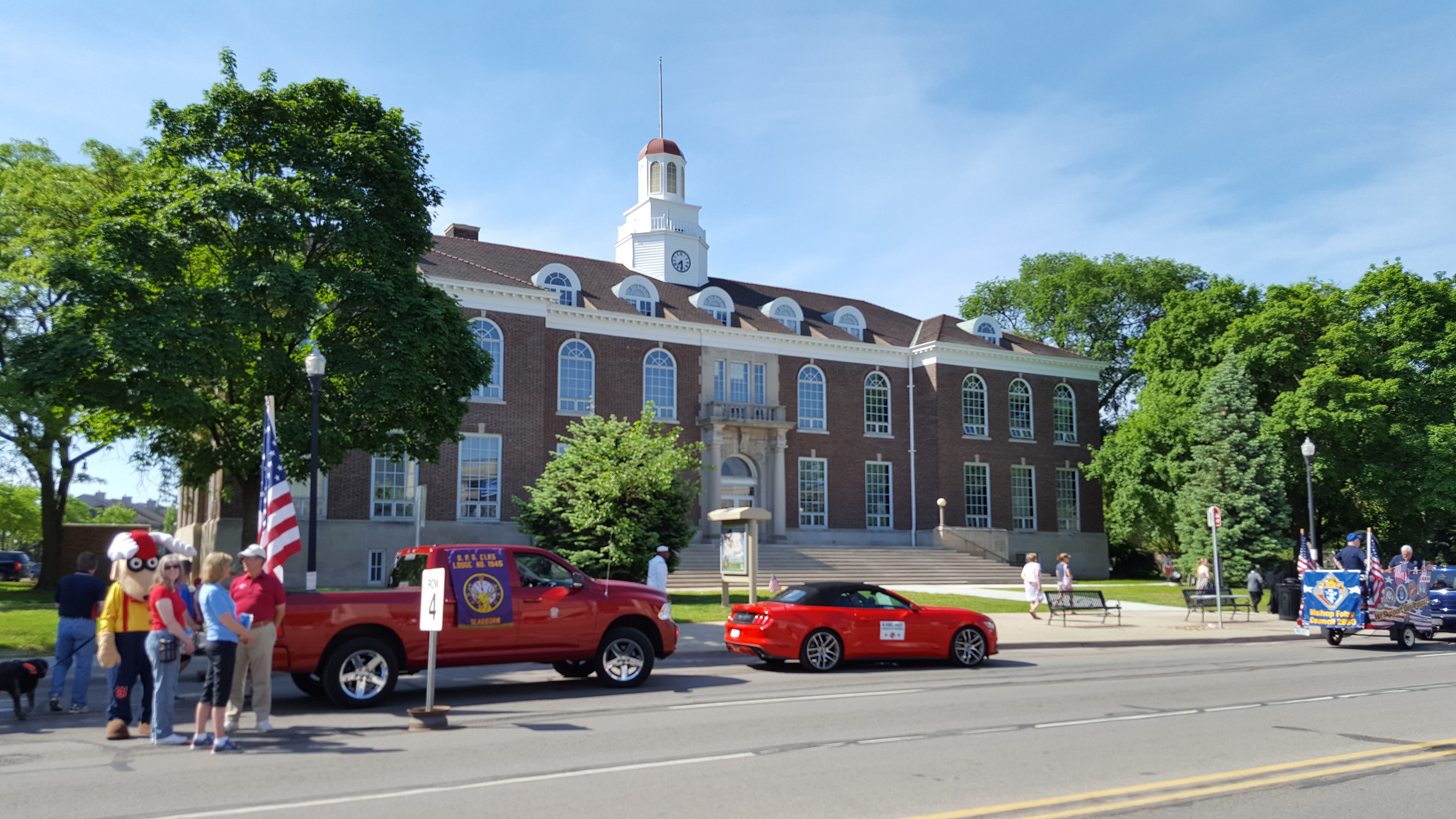
If you’re looking for a truly immersive Middle Eastern experience in the U.S., Dearborn, Michigan, is the place to go. Home to the largest Arab-American population in the country, this city is a bustling hub of Lebanese, Iraqi, Palestinian, and Yemeni culture, reflected in its markets, mosques, and mouthwatering cuisine. One of the highlights is Warren Avenue, where you’ll find bakeries selling fresh pita bread, cafés offering strong Arabic coffee, and restaurants serving lamb kebabs, hummus, and shawarma that taste like they came straight from Beirut or Baghdad. Don’t skip the kanafeh, a sweet, cheesy pastry soaked in syrup that’s beloved across the Middle East. For history lovers, the Arab American National Museum provides a deep dive into Arab heritage, immigration stories, and cultural contributions to the U.S. And just outside of town, the Islamic Center of America, one of the largest mosques in North America, is a stunning example of modern Islamic architecture.
8. Fredericksburg, Texas – A Lone Star Slice of Germany
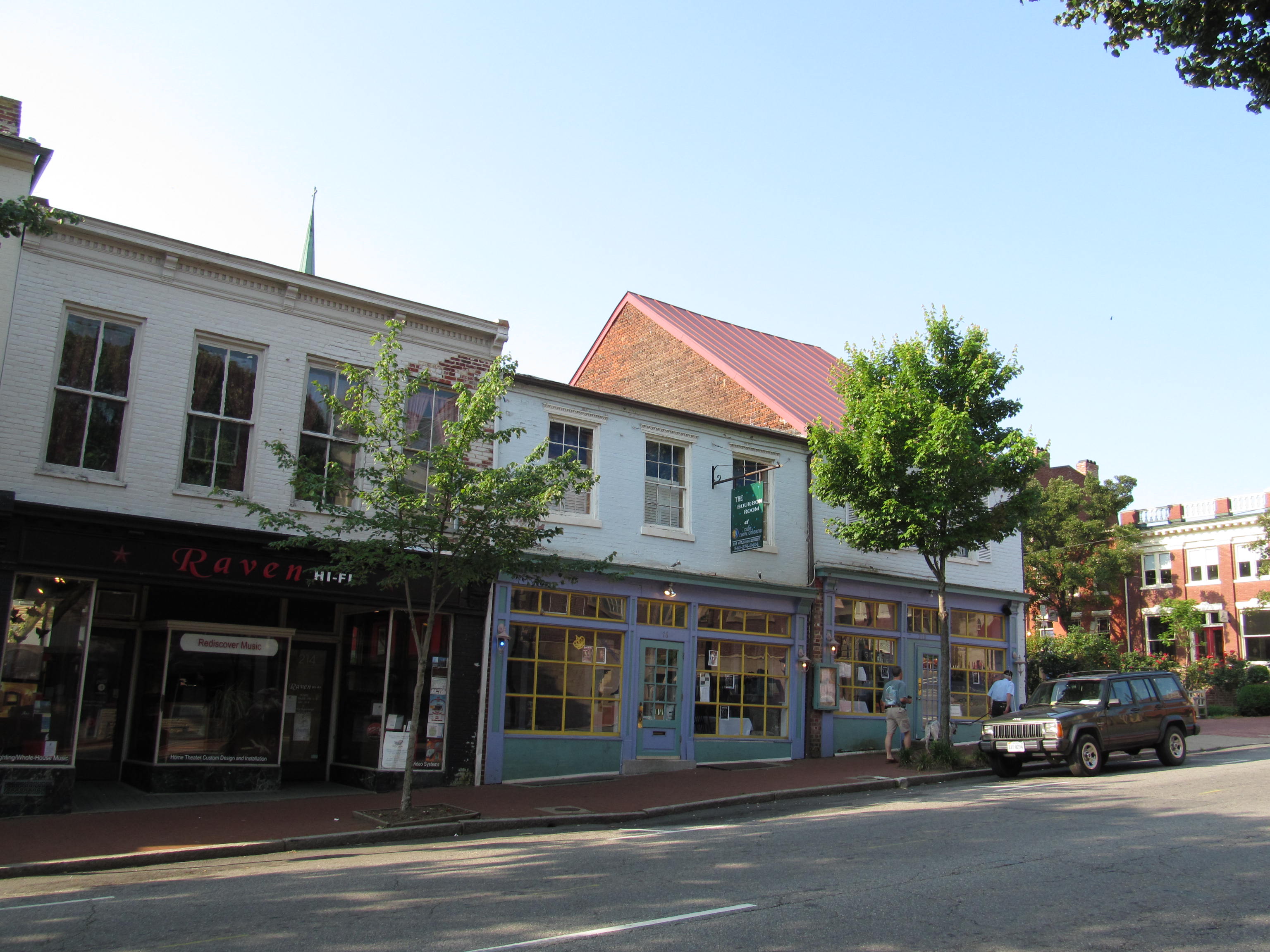
In the heart of Texas Hill Country, Fredericksburg is where Texas charm meets German tradition. Founded by German settlers in the 1840s, this town still proudly celebrates its European roots through beer halls, schnitzel-serving restaurants, and traditional bakeries. Beyond its German-style architecture and historical museums, Fredericksburg is known for its thriving wine country, with dozens of vineyards and tasting rooms producing some of the best wines in Texas. Oktoberfest is a big deal here, featuring live polka music, bratwurst, and plenty of German beer. For a true Texas-meets-Bavaria experience, Fredericksburg is a must-visit cultural mashup.
9. Monterey, California – A Taste of Old Sicily
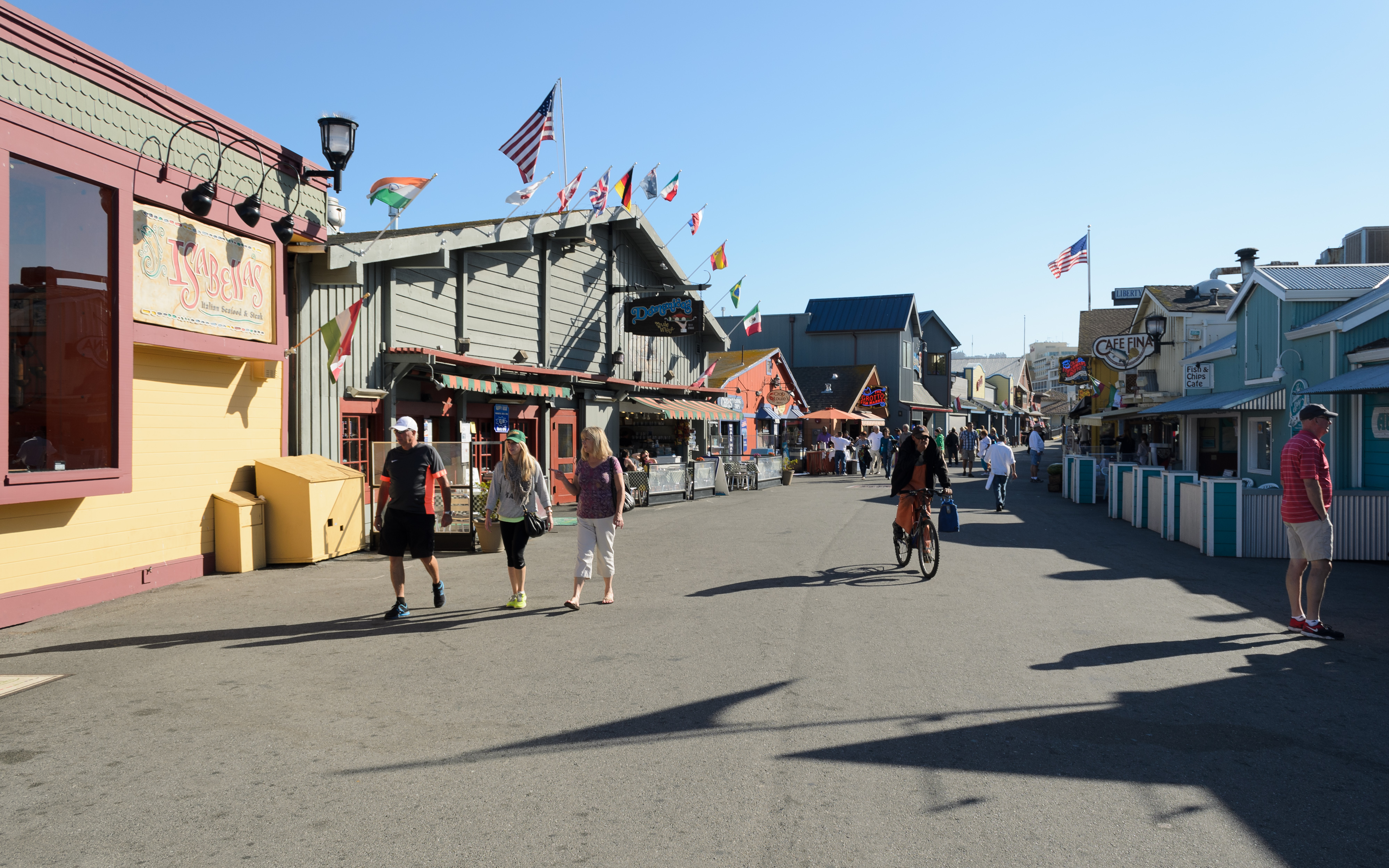
While San Francisco’s North Beach neighborhood is known for its Little Italy, Monterey offers something even more special—an Italian fishing village frozen in time. This charming coastal town was once home to thousands of Sicilian immigrants who arrived in the late 19th and early 20th centuries, bringing with them centuries-old fishing traditions that would shape the region's economy and culture. Today, Monterey’s Fisherman’s Wharf and the historic Cannery Row still echo with the flavors and stories of these early settlers, making it feel like a seaside village straight out of Sicily. Monterey’s Italian influence is most evident in its incredible seafood scene, where family-run restaurants continue to serve authentic Sicilian dishes passed down for generations. Enjoy a bowl of cioppino, a rich tomato-based seafood stew filled with fresh-caught Dungeness crab, shrimp, mussels, and clams—an Italian-American dish that originated in California’s fishing communities. For a true Sicilian experience, order fresh calamari prepared in the classic Italian way—lightly battered and flash-fried with a squeeze of lemon. And of course, don’t leave without indulging in a homemade cannoli—crispy pastry shells filled with sweet ricotta cream, just like they make in Palermo.
10. Epcot’s World Showcase, Florida – A Mini Global Expedition
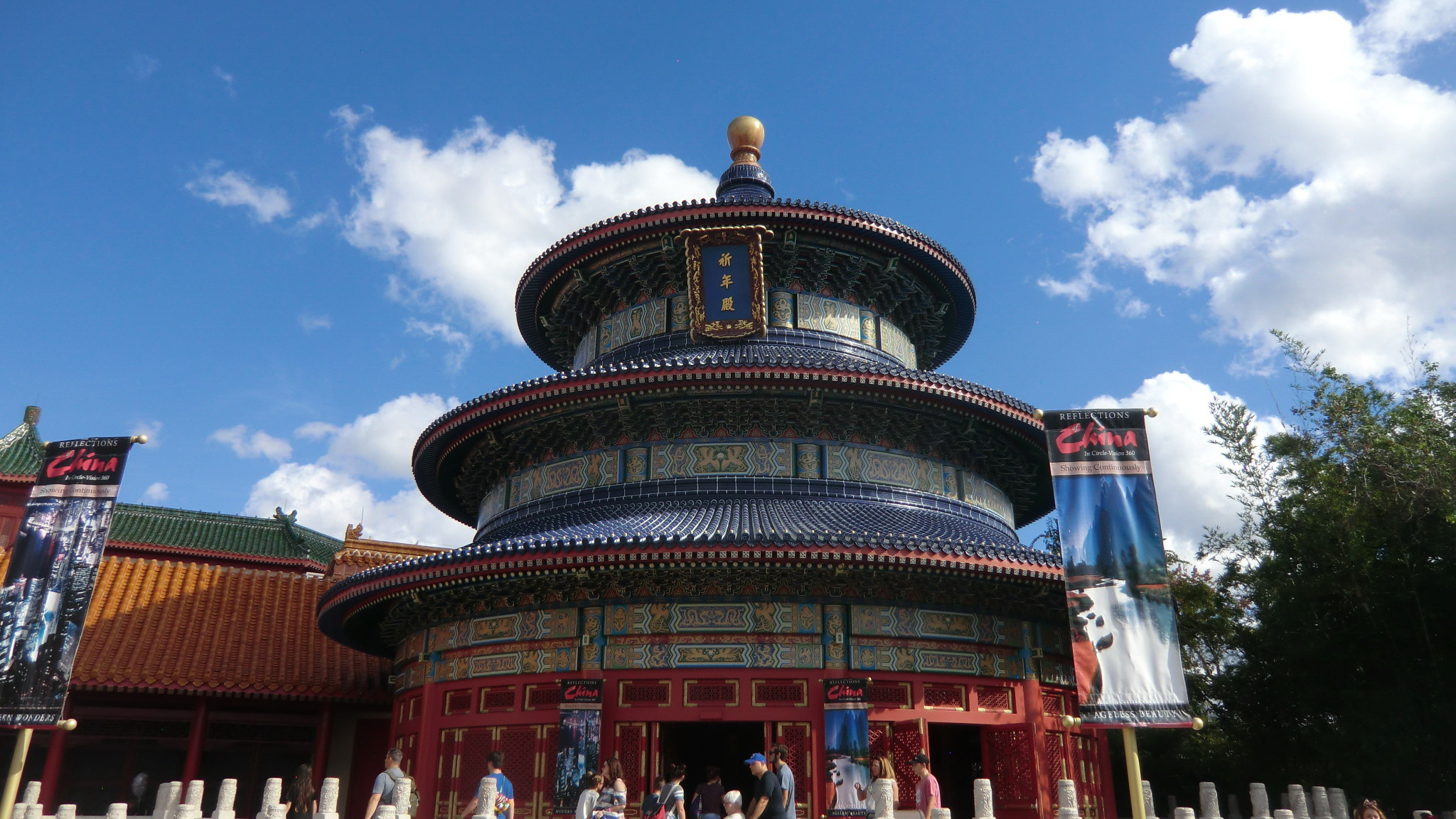
It may not be a traditional city, but Epcot’s World Showcase at Walt Disney World in Florida deserves a spot on this list for its unparalleled ability to transport visitors across the world in a single day. Unlike other cultural enclaves in the U.S., Epcot is designed as a celebration of international cultures, architecture, and cuisine, offering a truly immersive global experience without ever leaving Florida. The World Showcase consists of 11 pavilions, each representing a different country—Japan, China, Mexico, Morocco, Italy, France, the United Kingdom, Germany, Norway, Canada, and the United States. Each pavilion is meticulously designed to reflect its home country’s landmarks, traditions, and atmosphere, featuring authentic architecture, music, performances, and food. One of the most remarkable aspects of Epcot’s World Showcase is its authenticity—Disney partners with cultural experts and hires international cast members from each country to ensure that the experience feels as real as possible.
11. Boston, Massachusetts – An Irish Heritage Stronger Than Dublin’s
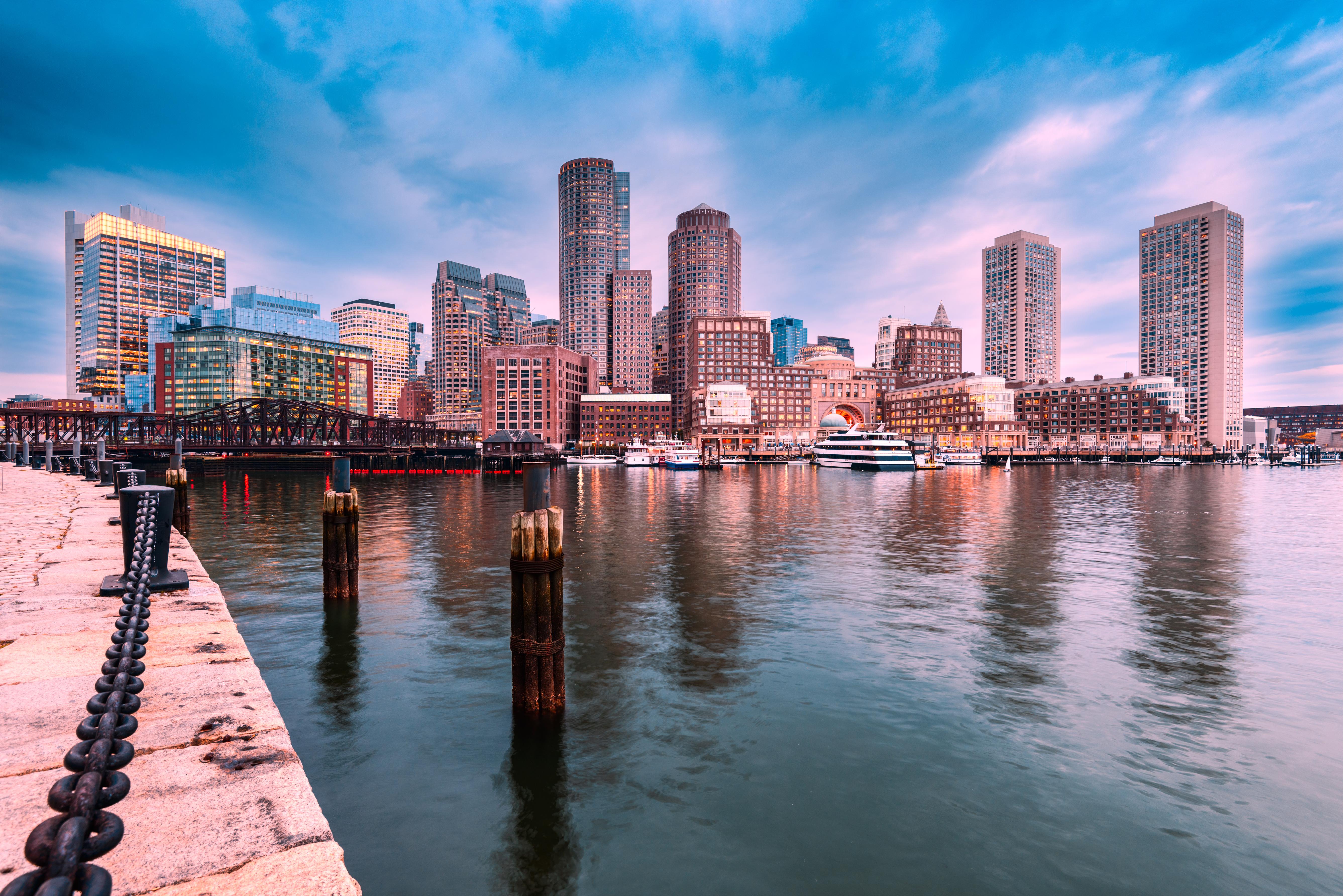
Few American cities are as deeply connected to Irish culture as Boston. With an Irish population dating back to the mid-19th century, when waves of Irish immigrants arrived in search of a better life, Boston is arguably the most Irish city in the U.S. Today, its influence is woven into every part of the city—from its history and sports culture to its lively pub scene and traditional Gaelic festivals. Boston’s Southie (South Boston) and Dorchester neighborhoods are the city’s Irish strongholds, filled with old-school Irish pubs, Catholic churches, and Gaelic sports clubs. Walking through these districts, you’ll find family-run bakeries selling fresh soda bread, traditional Irish breakfast platters, and plenty of pubs pouring perfectly poured pints of Guinness. The city’s St. Patrick’s Day Parade is one of the largest in the world, attracting nearly one million spectators each year with marching bands, Irish step dancers, and bagpipers filling the streets. Boston is also home to the Irish Heritage Trail, which guides visitors through landmarks and historical sites significant to the Irish-American experience.
12. San Juan, Puerto Rico – A Caribbean Escape Without a Passport
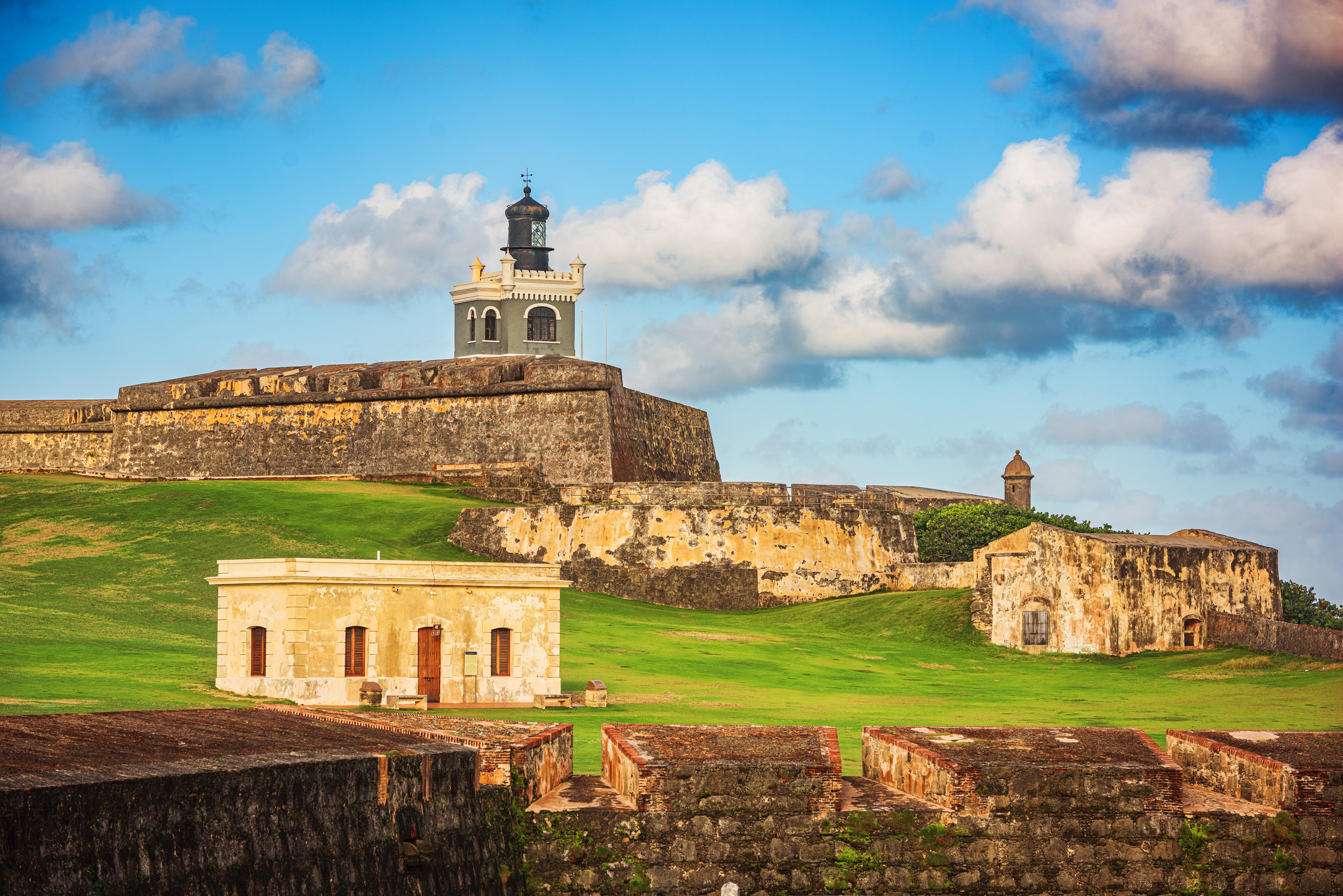
Though technically a U.S. territory, San Juan, Puerto Rico, feels entirely like another country, blending Spanish, African, and indigenous Taíno influences into a vibrant Caribbean paradise. From the colorful colonial streets of Old San Juan to the lively reggaetón music and oceanfront cafés, this city offers an authentic Latin American experience without needing a passport. Old San Juan, the city’s historic district, looks like a scene straight out of Spain, with cobblestone streets, pastel-colored buildings, and centuries-old forts. The Castillo San Felipe del Morro, a massive 16th-century Spanish fortress, still guards the coastline, offering breathtaking ocean views. At night, the city comes alive with salsa, reggaetón, and bomba y plena music, creating an electrifying energy in beachfront clubs, open-air bars, and salsa dancing venues.
13. Seattle, Washington – A Gateway to Japan in the Pacific Northwest
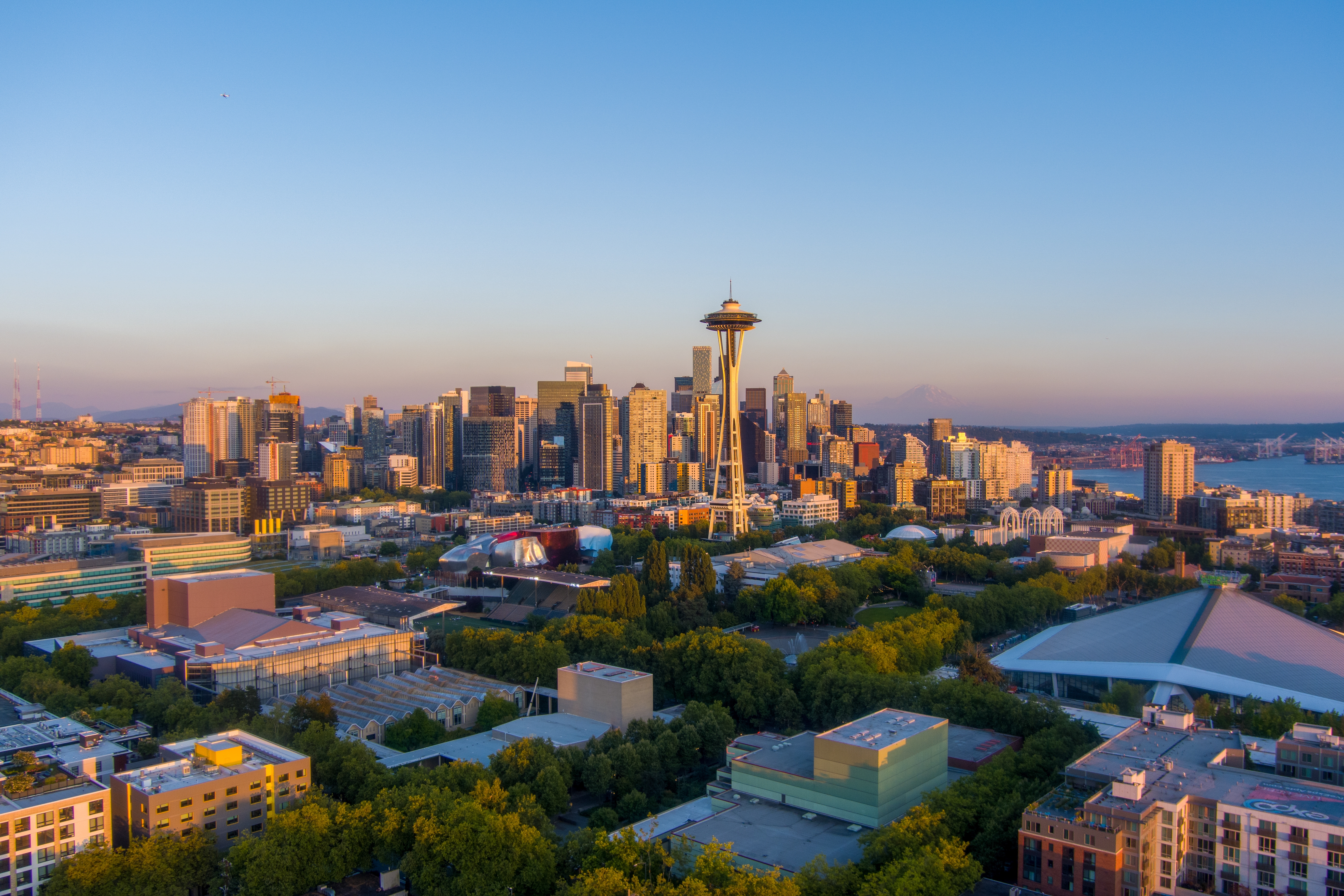
Seattle may be known for its coffee culture, tech industry, and grunge music, but it also boasts one of the strongest Japanese influences of any U.S. city. Thanks to decades of Japanese immigration and cultural exchange, Seattle offers an experience that feels deeply connected to Japan, from its breathtaking cherry blossoms to its authentic Japanese cuisine and traditional gardens. One of the best times to visit Seattle is during cherry blossom season in the spring, when the University of Washington's quad transforms into a pink and white floral wonderland. These cherry trees were a gift from Japan in the 1970s, and each year, they create a scene reminiscent of Kyoto’s famous cherry blossom festivals. Another stunning spot is the Seattle Japanese Garden, a meticulously landscaped oasis featuring serene koi ponds, elegant stone lanterns, and a teahouse where visitors can experience a traditional Japanese tea ceremony.
14. New Orleans, Louisiana – A French, Spanish, and Creole Cultural Tapestry
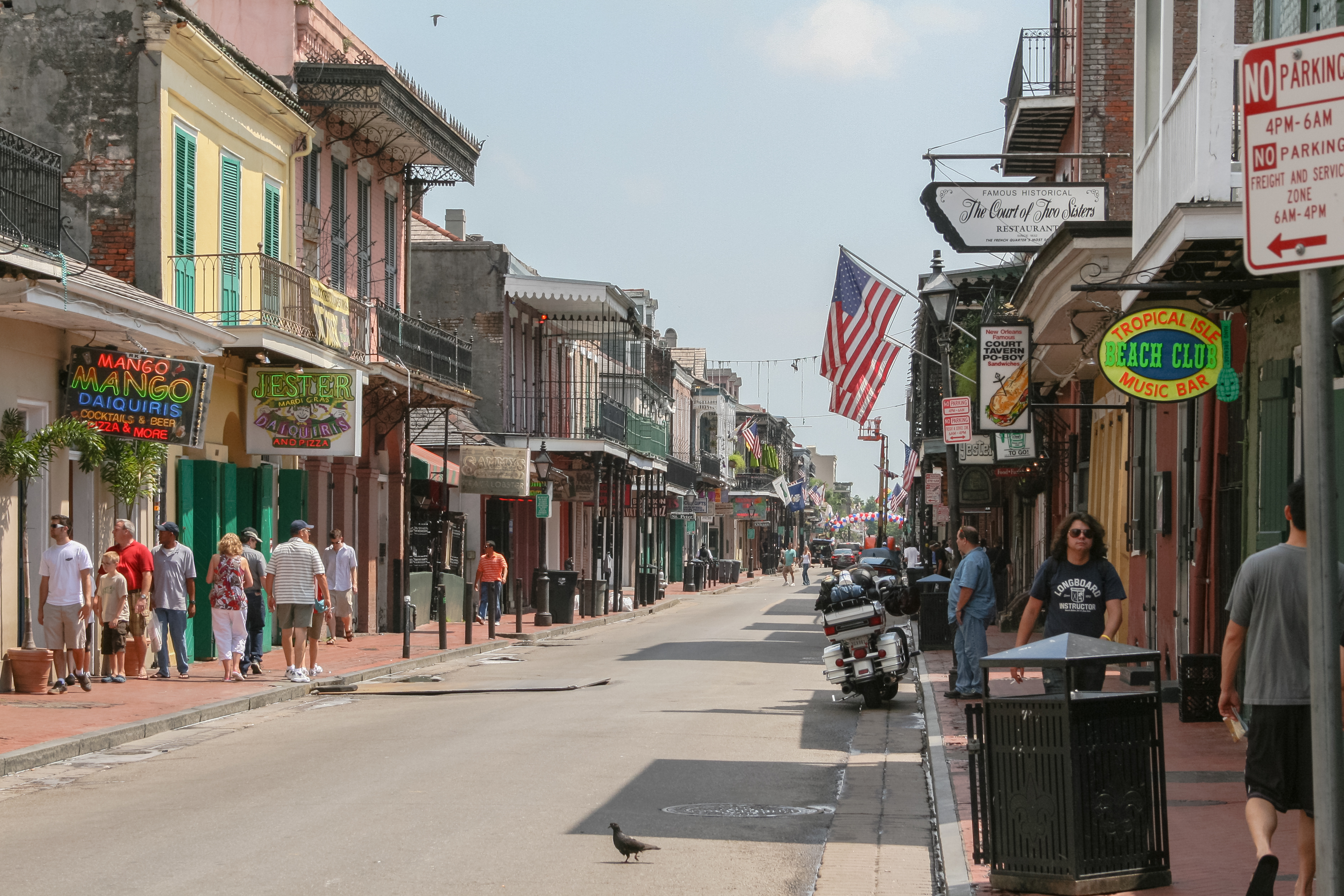
New Orleans is a city that defies categorization, blending French, Spanish, Creole, and Caribbean influences into an entirely unique cultural experience. It is one of the only places in the United States where you can feel both the elegance of Paris, the vibrancy of Havana, and the soulful energy of the Caribbean—all at the same time. The city’s French Quarter is the most obvious sign of its European heritage, with ornate wrought-iron balconies, pastel-colored colonial buildings, and charming courtyards reminiscent of a hidden alleyway in France or Spain. The streets are filled with street performers, jazz musicians, and artists selling their work, making it one of the most culturally rich places in the country. The French influence is also evident in New Orleans’ food scene, where buttery croissants and café au lait at Café du Monde remind visitors of a Parisian café, while rich seafood gumbo, jambalaya, and crawfish étouffée showcase Creole and Caribbean flavors. The city’s Spanish past is reflected in dishes like paella-inspired jambalaya and the beautiful St. Louis Cathedral, which was rebuilt in the Spanish colonial style after a fire in the 1700s.
15. Santa Fe, New Mexico
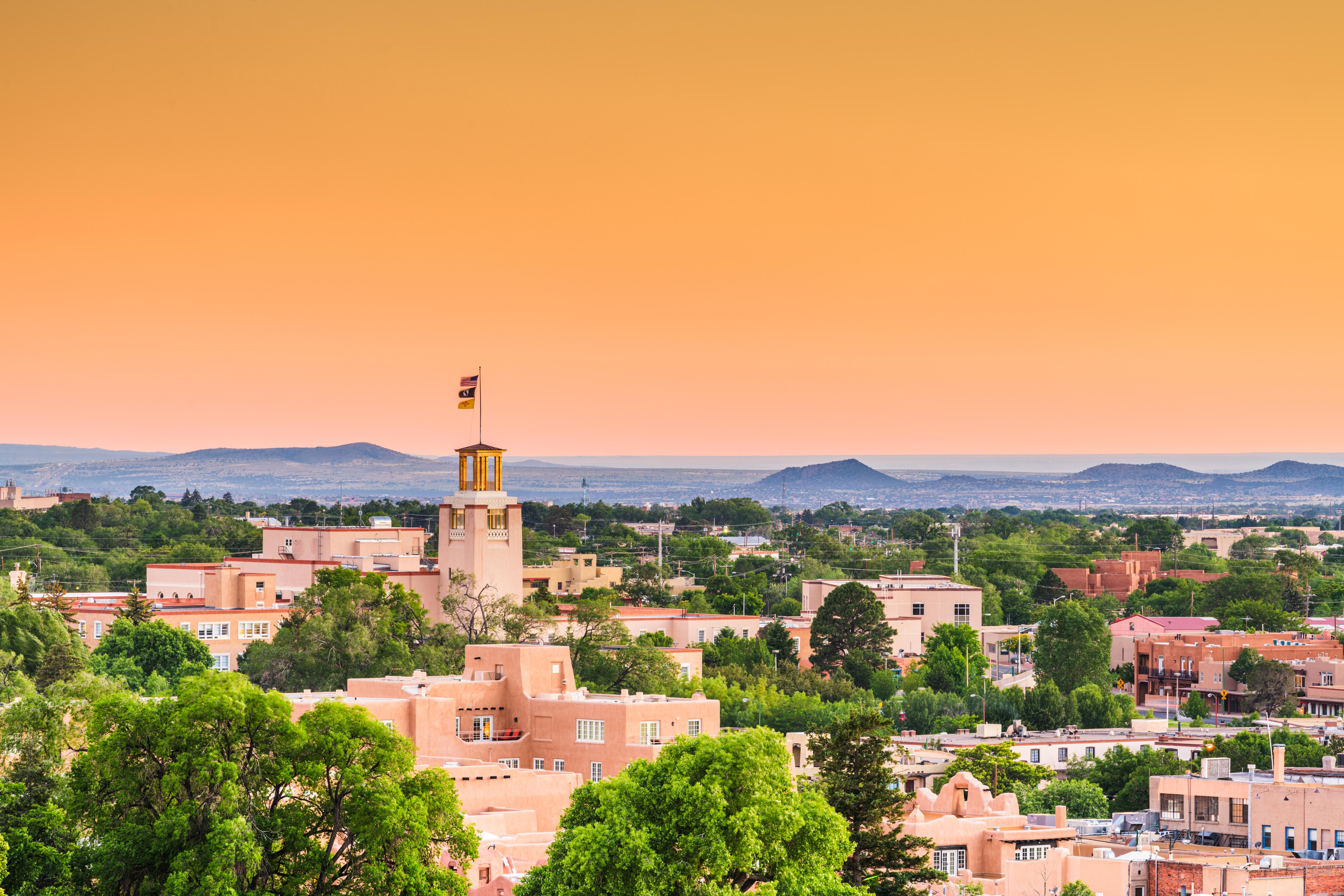
Santa Fe, the oldest capital city in the U.S., is a cultural crossroads where Native American, Mexican, and Spanish influences blend seamlessly into one of the most distinctive cities in America. From its adobe architecture and artisan markets to its centuries-old traditions and vibrant art scene, Santa Fe offers an experience that feels closer to Mexico or Spain than the United States. The city’s historic adobe-style buildings, with their thick, earthen walls and wooden vigas (beams), are a direct reflection of its Pueblo and Spanish heritage. The iconic Palace of the Governors, built in 1610, is the oldest public building in the U.S. and once served as the seat of the Spanish government in New Mexico. Today, its shady portico is home to the Native American Artisans Program, where indigenous artists sell handmade turquoise jewelry, pottery, and woven textiles, just as they have for generations.
16. Pella, Iowa – A Dutch Gem in the Heartland
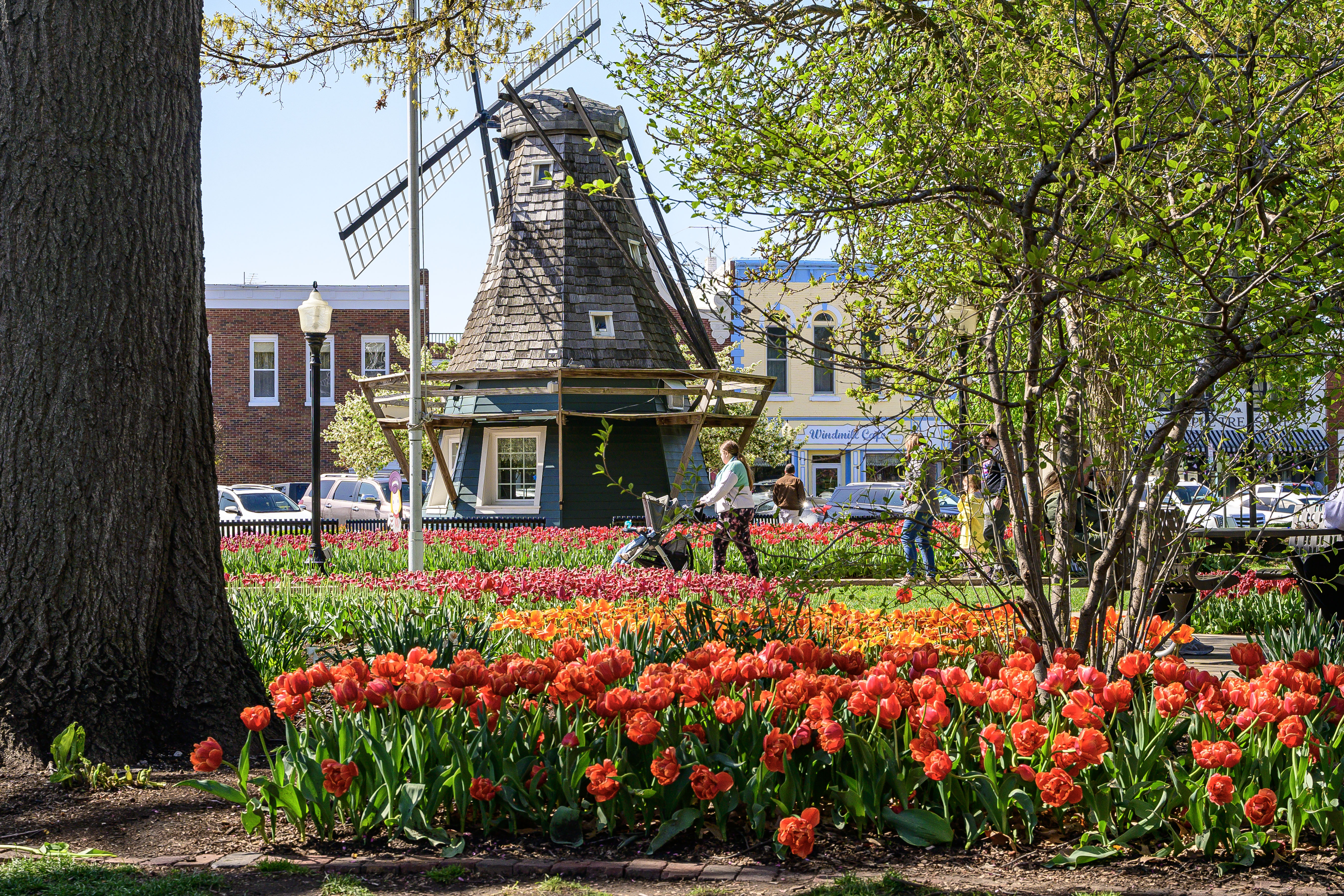
Pella may be a small town in Iowa, but its devotion to preserving Dutch heritage makes it feel like you’ve stepped straight into the Netherlands. Founded in 1847 by a group of Dutch immigrants seeking religious freedom, Pella has kept its Old World charm alive through architecture, traditions, and food. Downtown Pella is filled with Dutch-style storefronts, intricate brickwork, and canals lined with flowers. The Molengracht Plaza—a charming canal and square modeled after Dutch marketplaces—offers photo-worthy backdrops and unique shops selling imported goods. The crown jewel of the town is the Vermeer Windmill, a towering 124-foot structure and the tallest working windmill in the United States. Visitors can tour the inside, which houses a fully functional flour mill and a Dutch museum. Each May, the town comes alive during the Tulip Time Festival, where over 300,000 tulips bloom across town. Locals dress in traditional Dutch attire, perform wooden shoe dances, and host parades with elaborate floats. For foodies, Pella’s bakeries serve irresistible Dutch pastries like Dutch letters (almond-filled puff pastry shaped into an “S”), buttery krakelingen, and flaky banket. It's an unforgettable experience of Dutch culture, beautifully preserved in the heart of the American Midwest.
17. Germantown, Philadelphia, Pennsylvania – A Colonial-Era Echo of Germany
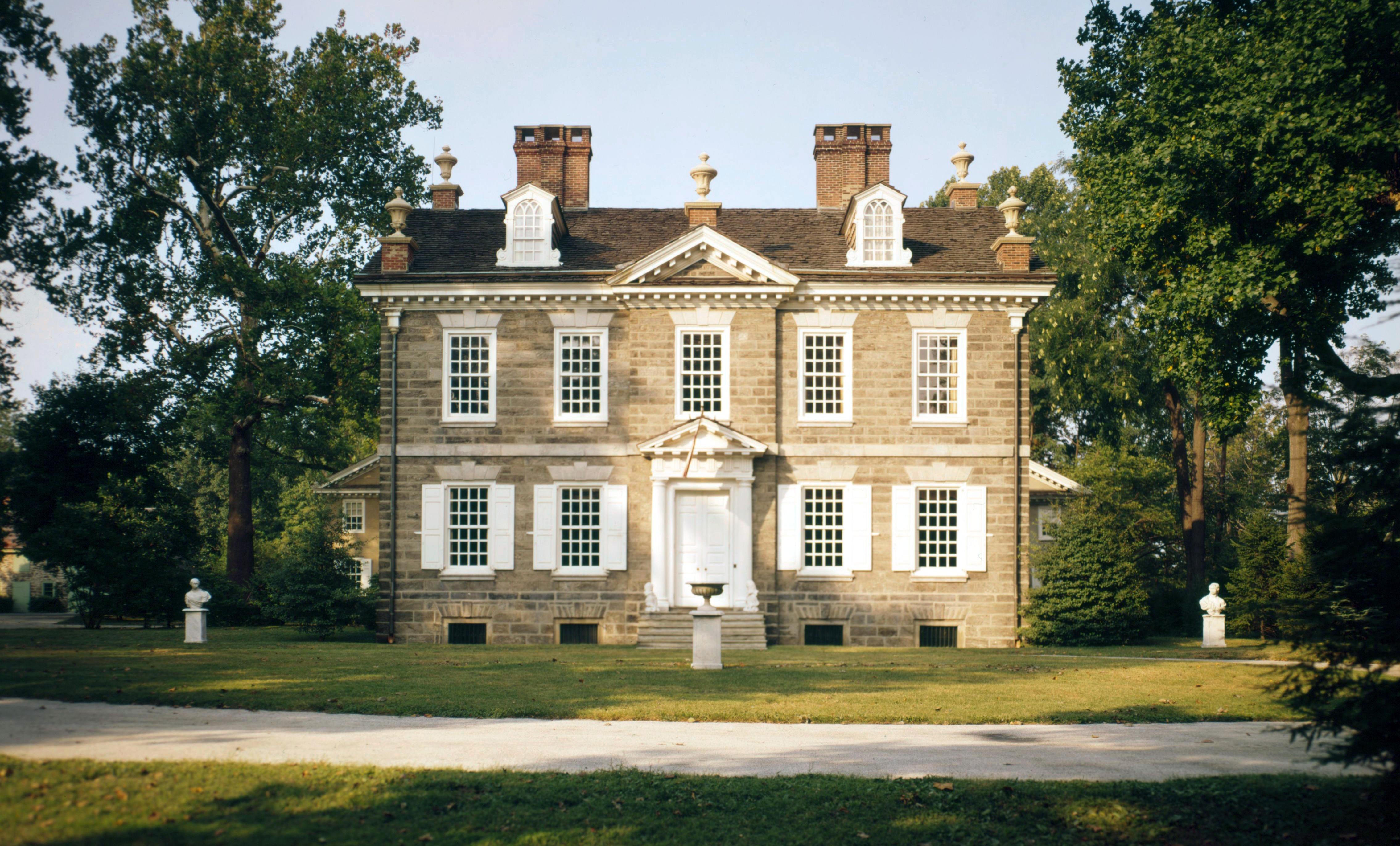
Germantown, located in northwest Philadelphia, is one of the oldest and most historically rich neighborhoods in the U.S.—and it owes much of its early development to German immigrants who settled there in the late 1600s. Originally a separate borough before becoming part of Philadelphia, Germantown was a hub for German-language publishing, craftsmanship, and religious tolerance. Its streets still carry echoes of its roots, with colonial-era buildings, cobblestone roads, and Lutheran churches dating back to the 18th century. Visitors can explore significant landmarks like the Germantown White House, which served as George Washington’s headquarters during the Revolutionary War, and the Johnson House, a preserved stop on the Underground Railroad. Rittenhouse Town, one of America’s first paper mills, showcases German engineering and early industry. The neighborhood also celebrates its heritage through community events, including a local Oktoberfest with traditional food, beer, and folk music. Though the modern demographic is more diverse today, Germantown remains a place where German-American history is proudly preserved and shared with curious travelers and history lovers.
18. El Paso, Texas – Where Mexico Feels Just a Step Away
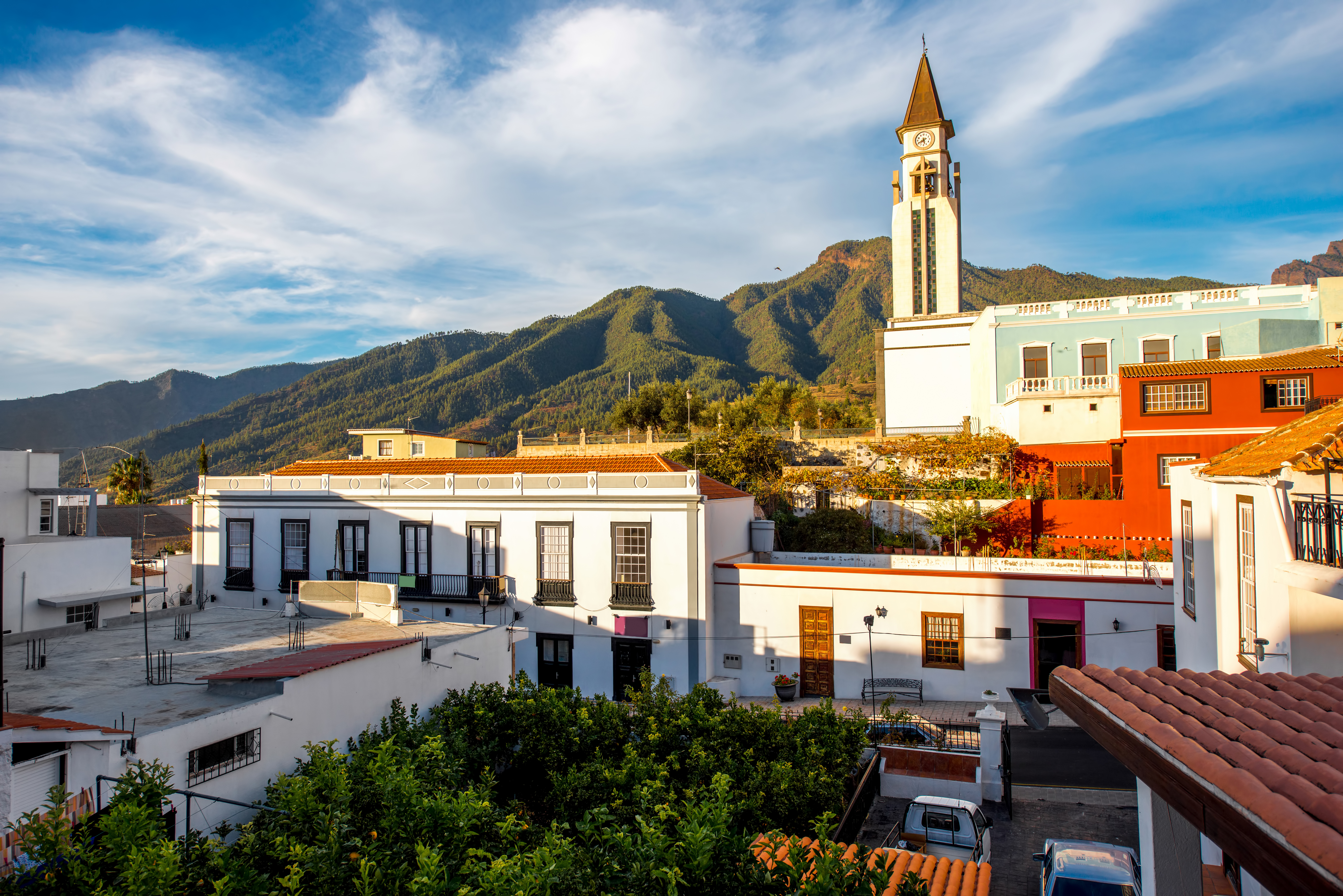
El Paso sits right on the U.S.–Mexico border, and its deep cultural connection to Mexico makes it one of the most authentically bicultural cities in the nation. The influence of nearby Ciudad Juárez is visible and audible everywhere—from the Spanish spoken in homes and businesses to the mariachi bands playing in the streets. This fusion isn’t just surface-level—it’s embedded into El Paso’s identity, shaping its art, food, architecture, and community traditions. You can visit Mercado Mayapán, a Mexican-style market where vendors sell handmade crafts, embroidered clothing, and traditional foods like tamales, mole, and pan dulce. At night, the sound of norteño or ranchera music spills from taquerías and cantinas, and vibrant murals celebrating Mexican heritage light up the walls of downtown. El Paso’s culinary scene is a dream for food lovers, with authentic tacos al pastor, gorditas, menudo, and aguas frescas served by family-run establishments that have been perfecting recipes for generations. Whether you're catching a lucha libre match, attending Día de los Muertos festivities, or simply enjoying a plate of chilaquiles for breakfast, El Paso offers a cultural immersion that feels more Mexican than American in the best possible way.
19. Bristol, Connecticut – A Stronghold of Polish Culture
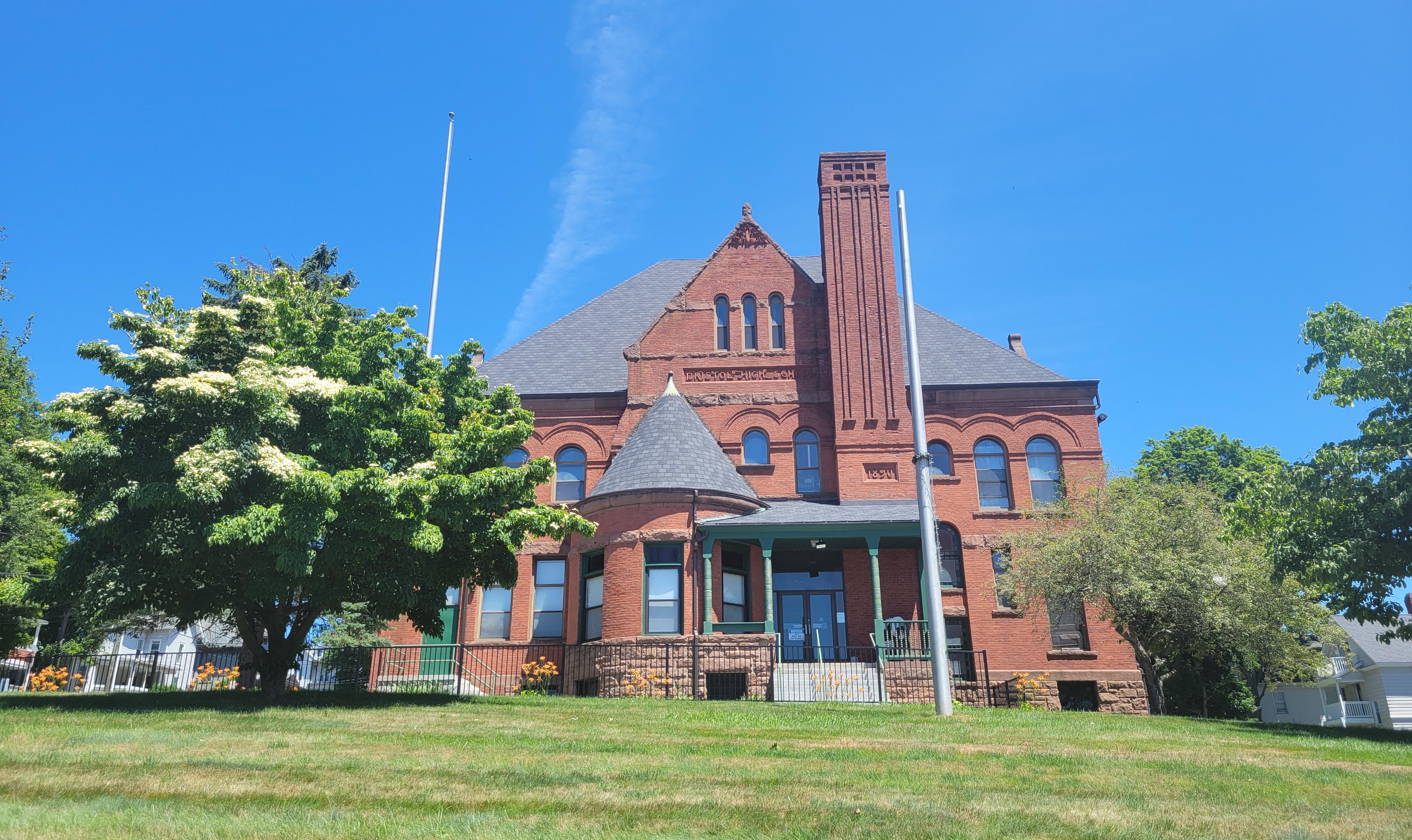
Tucked into central Connecticut, Bristol is one of the Northeast’s most vibrant Polish-American enclaves, where traditions have been preserved across generations. With a Polish population dating back to the late 19th century, the city’s community centers, Catholic churches, and delis continue to uphold the customs and flavors of Eastern Europe. Walking through town, it’s easy to spot the influence—Polish language signage, white-and-red flags, and statues of Pope John Paul II all reflect the area’s cultural pride. Local bakeries offer fresh paczki (jam-filled doughnuts), babka (sweet bread), and chrusciki (crispy, sugar-dusted pastries), while butcher shops sell house-made kielbasa, kabanos, and smoked hams. Every autumn, Bristol hosts Dożynki, a traditional Polish harvest festival, complete with folk dancing, pierogi-eating contests, and live performances of polka and regional music. The festival is a feast for the senses—and for anyone looking to experience authentic Polish culture, Bristol delivers an unexpectedly rich and heartwarming journey into Poland’s vibrant heritage.
20. Hana, Hawaii – A Glimpse of Polynesian Tradition
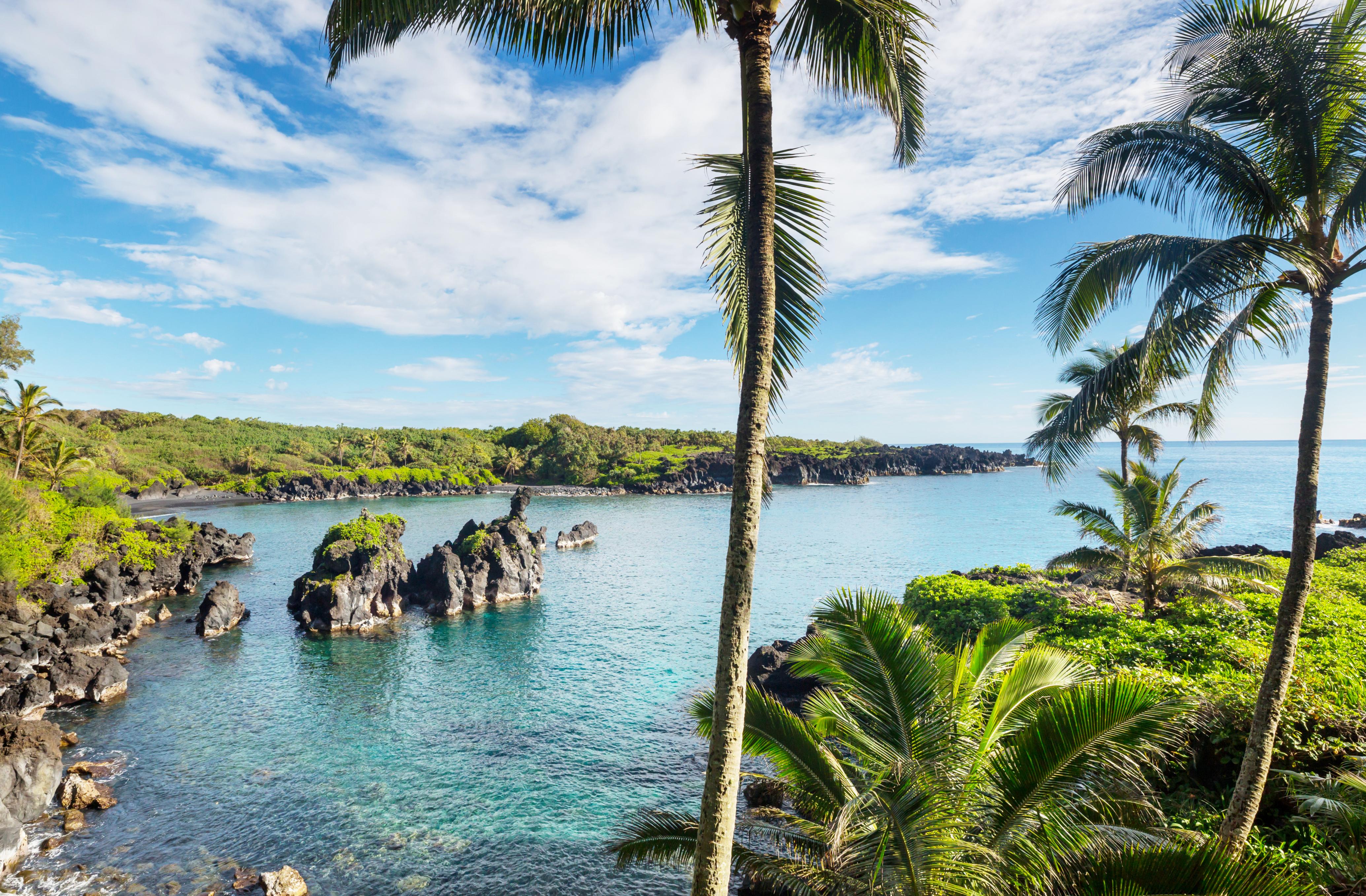
Hana is more than a destination—it’s an experience. Tucked away on the eastern edge of Maui, it’s accessible only by a winding, scenic highway that hugs waterfalls and dramatic cliffs, making the journey part of the adventure. Unlike more touristy Hawaiian resorts, Hana has remained rooted in its Polynesian heritage and continues to preserve traditional Hawaiian customs and ways of life. Here, you can attend intimate hula performances where storytelling through dance is revered, or take part in a luau that celebrates generations of Hawaiian families. Locals practice kapa cloth-making, lei crafting, and throw net fishing, and many still speak Hawaiian alongside English. You can visit Hale Piilani, an ancient stone temple site, or swim in the sacred pools at Oheo Gulch. Every experience in Hana is grounded in a connection to the land and ancestors. With no chain stores or high-rises, and a slower pace of life, Hana gives you the rare chance to step into authentic Polynesian rhythm—peaceful, profound, and powerfully rooted in tradition.
21. Miami’s Little Haiti, Florida – A Portal to the Caribbean
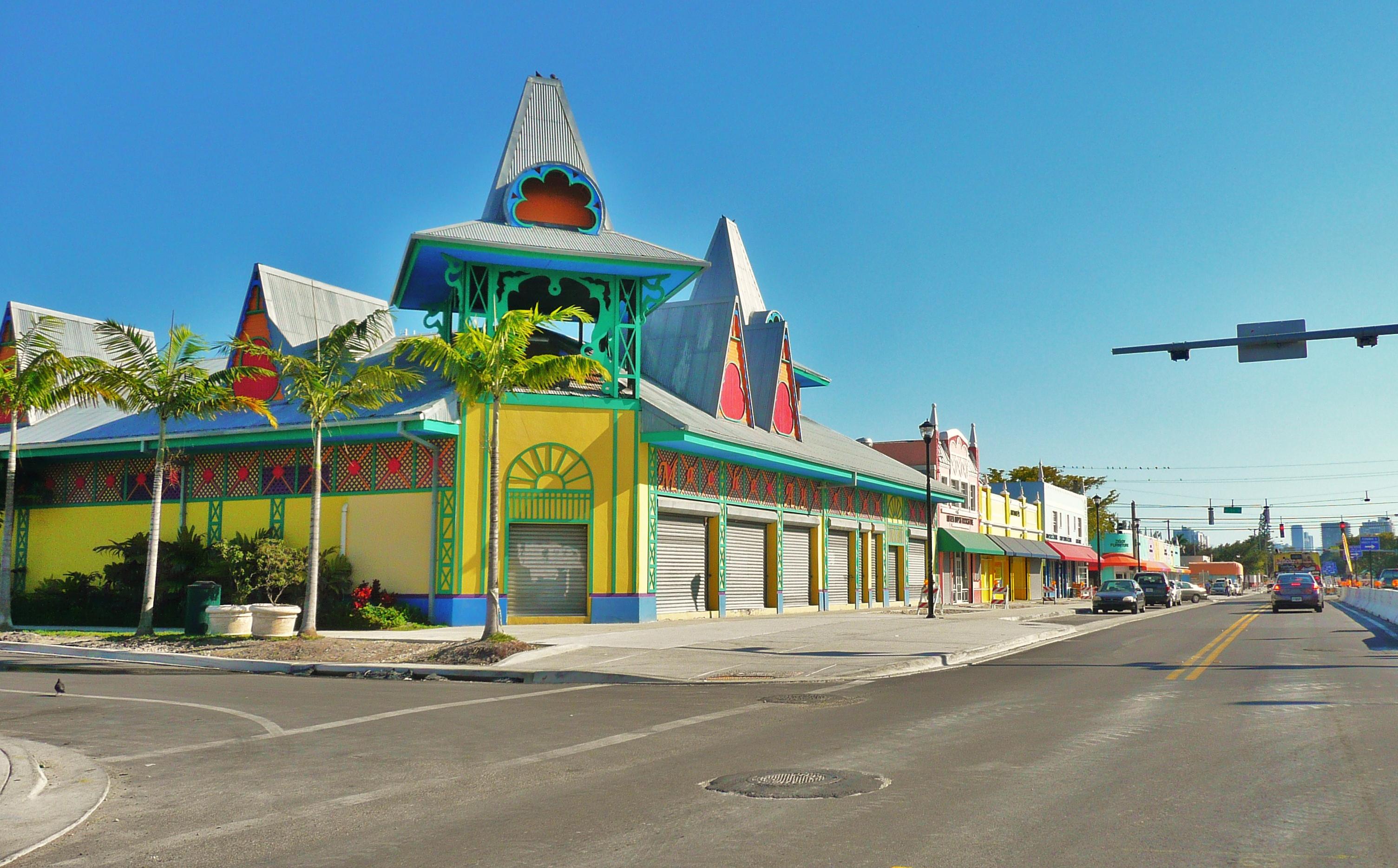
Colorful, vibrant, and unapologetically bold, Little Haiti is one of Miami’s most expressive and soulful neighborhoods, offering an authentic immersion into Haitian culture. This community was shaped by Haitian immigrants in the 1980s and has since become the cultural and spiritual heart of the Haitian diaspora in the U.S. Walking through Little Haiti feels like being transported to Port-au-Prince, complete with Creole-language signs, Afro-Caribbean beats echoing from storefronts, and street vendors selling tropical fruit and handmade goods. The Little Haiti Cultural Complex is the cornerstone of the neighborhood, offering art exhibits, dance performances, poetry nights, and language classes that celebrate Haitian identity and resilience. Nearby, local restaurants serve up deeply flavorful dishes like griot (fried pork), diri ak djon djon (black mushroom rice), and legim (stewed vegetables with beef). Murals by Haitian and Caribbean artists cover walls in kaleidoscopic color, reflecting a deep sense of pride and political history. Whether you're visiting a Vodou art gallery or dancing to kompa music at a local lounge, Little Haiti is a joyful, defiant celebration of culture—and a powerful reminder of the rich Caribbean spirit woven into the fabric of American life.
22. Amana Colonies, Iowa – Old-World Germany Preserved
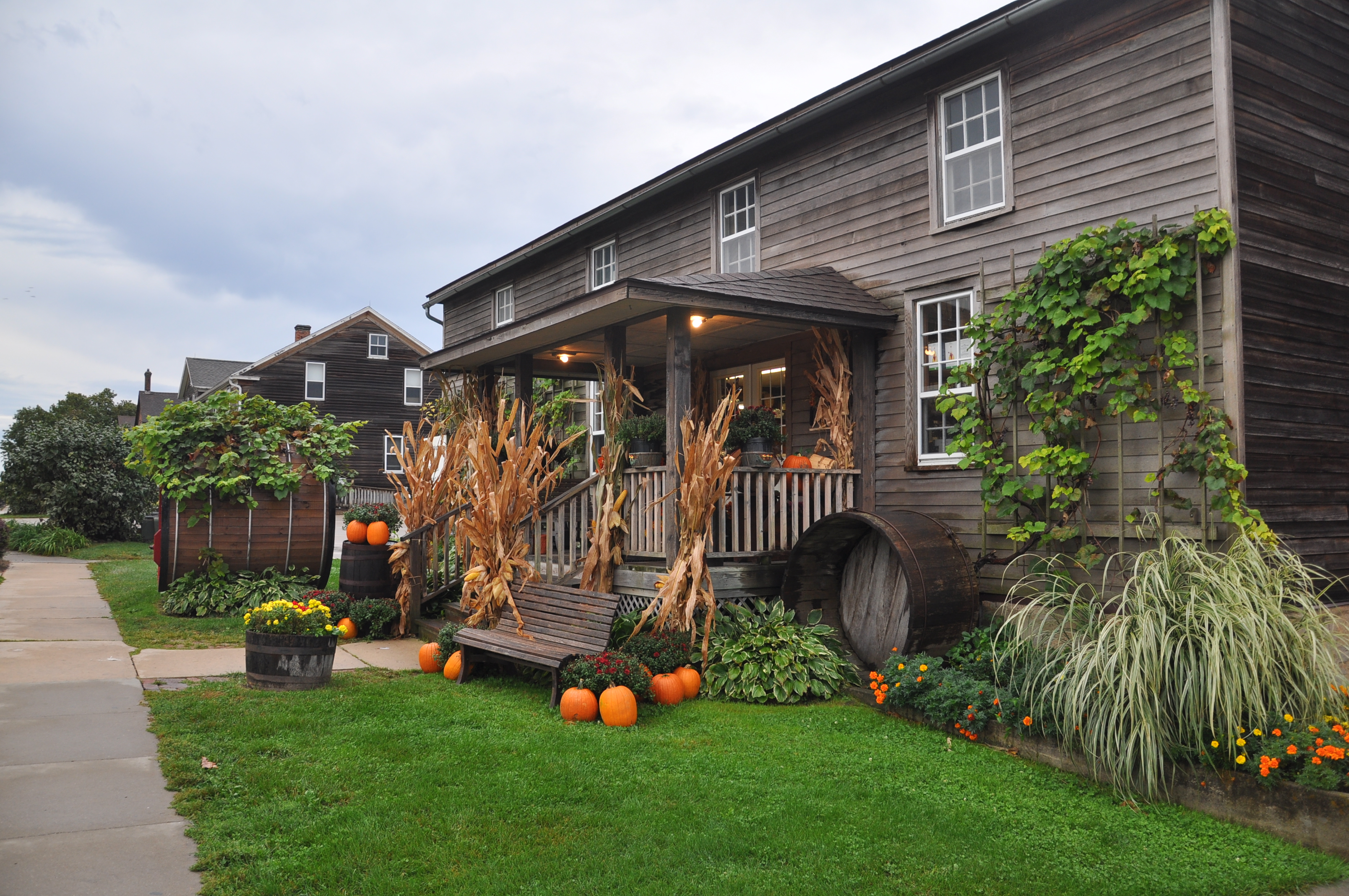
Step into the Amana Colonies and you'll feel as though you've been transported to a quiet German village from the 19th century. Located in eastern Iowa, this cluster of seven small villages was founded in the 1850s by a group of German Pietists fleeing religious persecution. They created a communal society that operated collectively for nearly 90 years—a rare example of successful communal living in American history. Today, the Amana Colonies are a living museum of German-American culture, known for their beautifully preserved brick buildings, hand-crafted goods, and hearty home-style cuisine. Visitors can explore furniture shops showcasing handmade woodworking, blacksmith demonstrations, and general stores stocked with jams, pickles, and old-fashioned candies—all made the traditional way. Food is at the heart of the Amana experience. Communal-style restaurants serve generous portions of schnitzel, sauerbraten, and spätzle, accompanied by vinegary red cabbage and warm apple strudel. Wash it all down with locally brewed beer from Millstream Brewing Company, Iowa’s oldest brewery. Seasonal festivals like Maifest (celebrating spring with music, maypoles, and German dancing) and Oktoberfest keep the traditions alive, drawing visitors from across the Midwest. With its slow pace, old-world atmosphere, and enduring sense of community, the Amana Colonies offer an authentic slice of Germany—charmingly preserved in the heart of Iowa.
23. Little Saigon, Orange County, California – A Vietnamese Haven
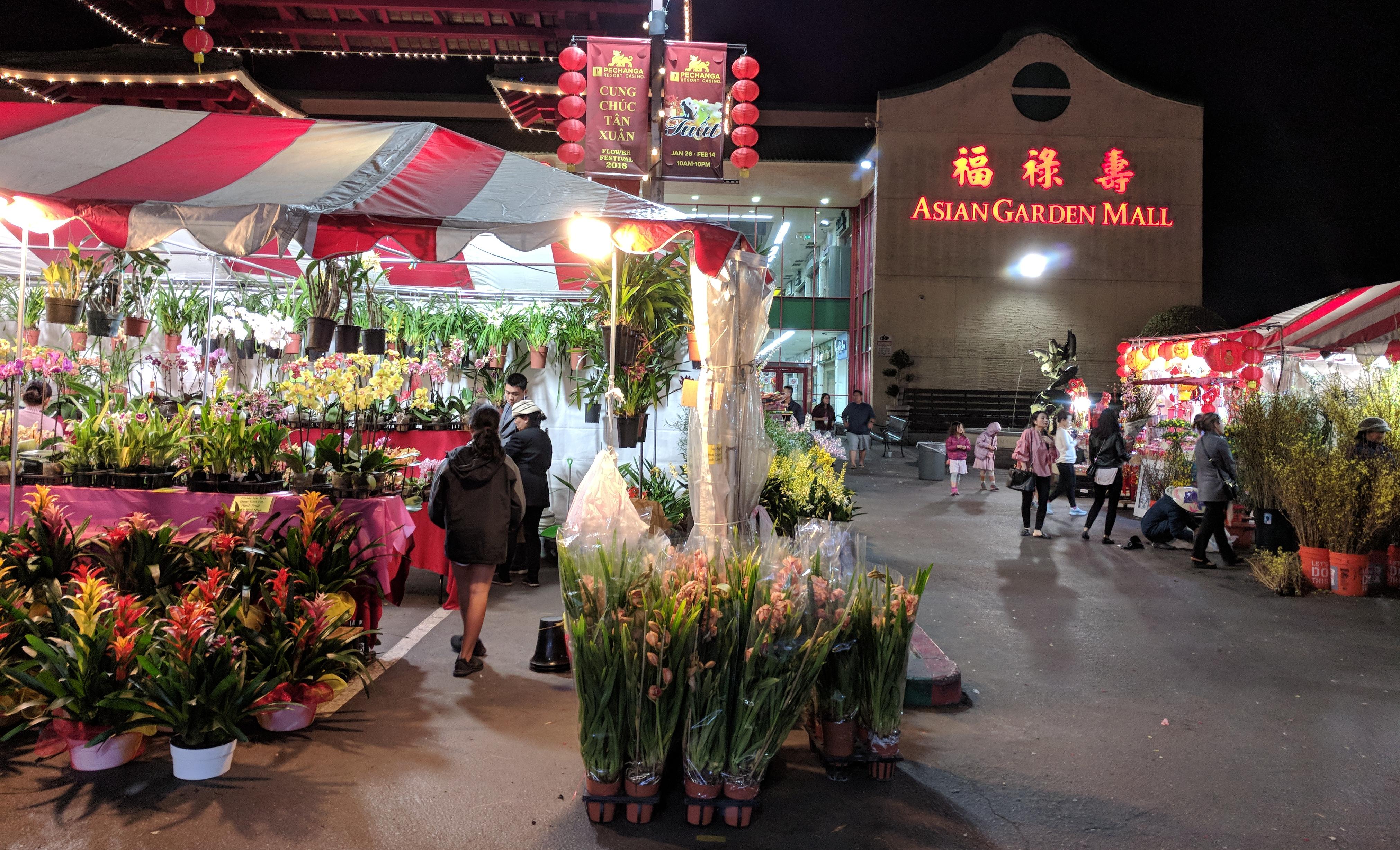
Located primarily in Westminster and Garden Grove, California, Little Saigon is the beating heart of the Vietnamese diaspora in the U.S.—a vibrant, bustling cultural enclave where Vietnamese language, food, and tradition flourish. Established in the 1970s after the fall of Saigon, this sprawling neighborhood has become the largest Vietnamese community outside of Vietnam, and it offers a deeply immersive experience unlike anywhere else in the country. The sights, sounds, and aromas transport you straight to Southeast Asia. The streets are lined with pho shops, bánh mì counters, bubble tea cafes, and sprawling seafood markets filled with fresh herbs, exotic fruits, and rare spices. At the center of it all is the Asian Garden Mall, a lively marketplace that feels like a cross between an open-air Vietnamese bazaar and a community gathering space. You can shop for silk áo dài, carved jade jewelry, imported teas, or handmade lacquerware. Don’t miss the endless café options serving authentic cà phê sữa đá—strong Vietnamese coffee slowly dripped over sweetened condensed milk and poured over ice.
24. Helena, Montana – A Quiet Echo of Ireland
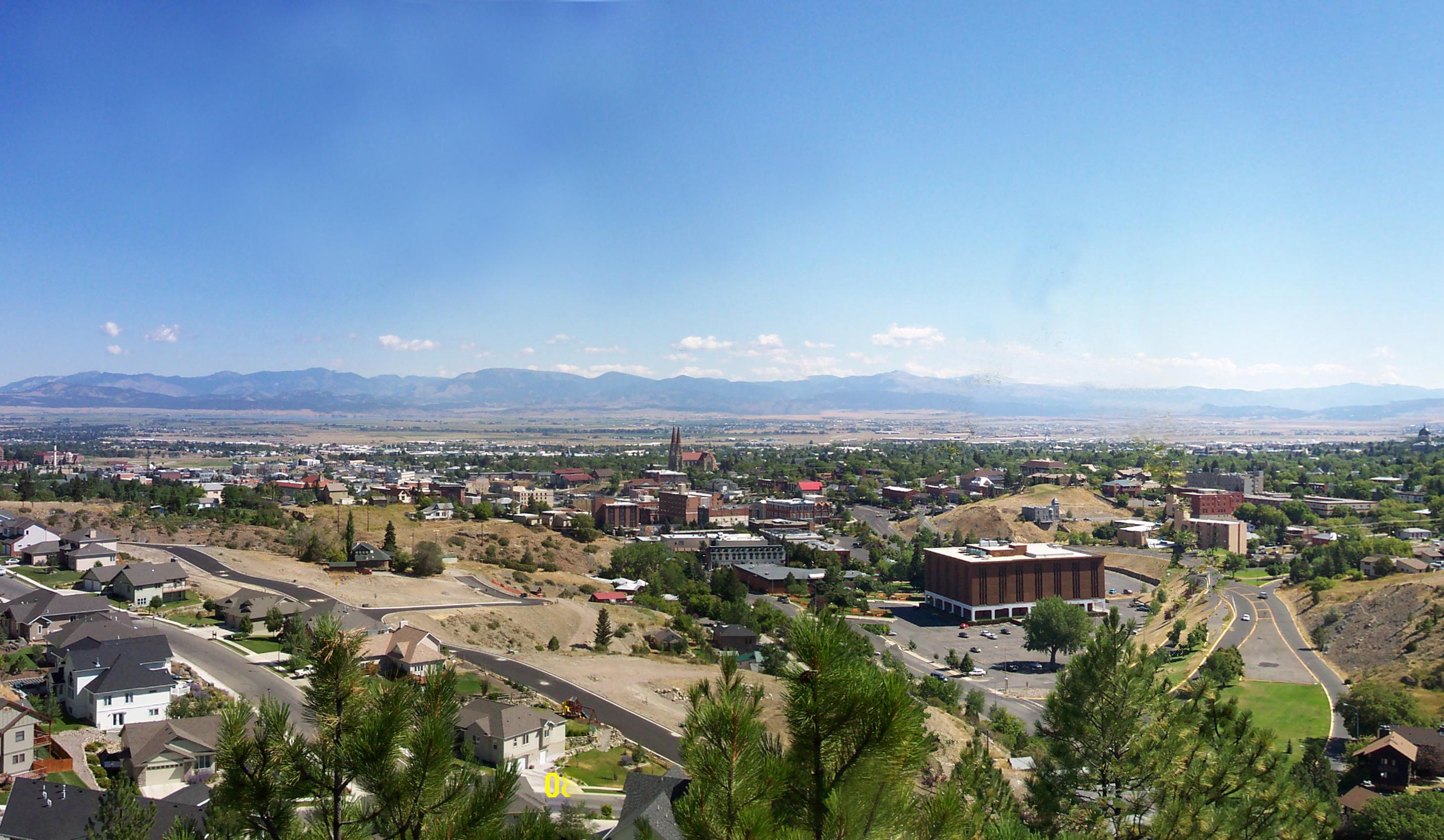
Helena may not be the first place that comes to mind when thinking of Irish-American heritage, but this scenic Montana capital is surprisingly steeped in Celtic culture. In the 19th century, Irish immigrants came to Helena during the gold rush, many of them working as miners and builders in the rugged Rocky Mountain terrain. Their legacy still shapes the city's identity today, from its historic architecture to its enduring traditions and Irish pride. As you walk the streets of Helena’s historic district, you’ll find churches and stone buildings built by Irish hands, including the Cathedral of St. Helena—a stunning Gothic structure inspired by the churches of Europe. Irish-themed pubs like the Blackfoot River Brewing Company and O’Toole’s serve local brews alongside hearty fare like shepherd’s pie and corned beef and cabbage. Throughout the year, Celtic culture is celebrated through music, storytelling, and community gatherings, but it’s St. Patrick’s Day when Helena truly shines.
25. Astoria, Oregon – A Taste of Scandinavia by the Sea
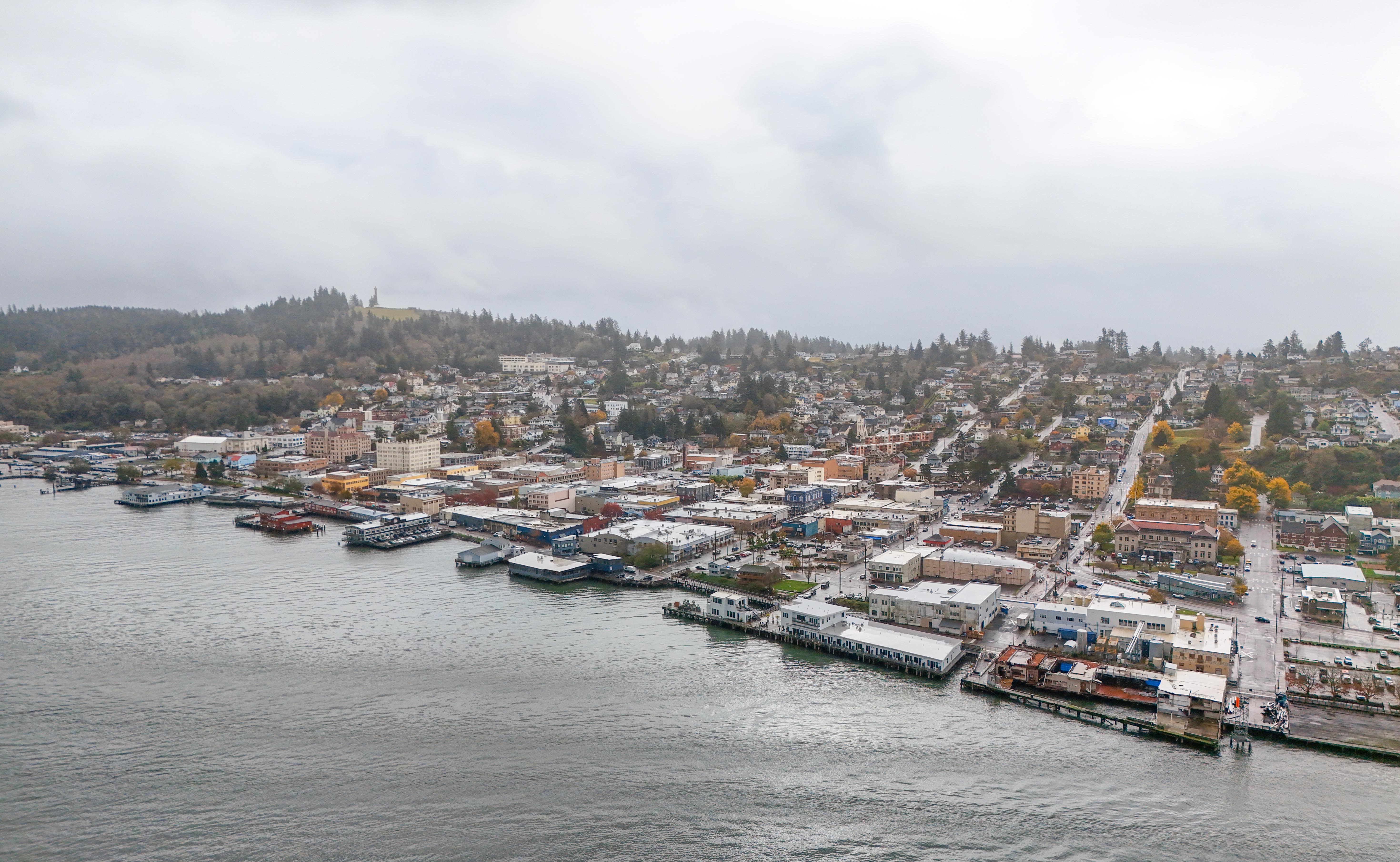
Perched at the mouth of the Columbia River where it meets the Pacific Ocean, Astoria, Oregon, is a misty, maritime town that feels like a Nordic village by the sea. Known for its strong Finnish and Norwegian heritage, this historic port city was once a thriving hub for Scandinavian fishermen who brought with them a rich cultural legacy that continues to shape life in Astoria today. The town’s weathered clapboard houses, maritime museums, and seafaring traditions echo the coastal towns of Norway or Finland. You’ll find smoked salmon, pickled herring, and buttery lefse in local cafés and shops, and don’t be surprised to hear a Scandinavian language spoken by older generations at community centers or during family gatherings. The heritage is proudly celebrated each June at the Scandinavian Midsummer Festival—a lively event filled with traditional folk music, maypole dances, Viking reenactments, and craft markets featuring Nordic woolens, wood carvings, and holiday ornaments.
A World of Culture Without Leaving the U.S.
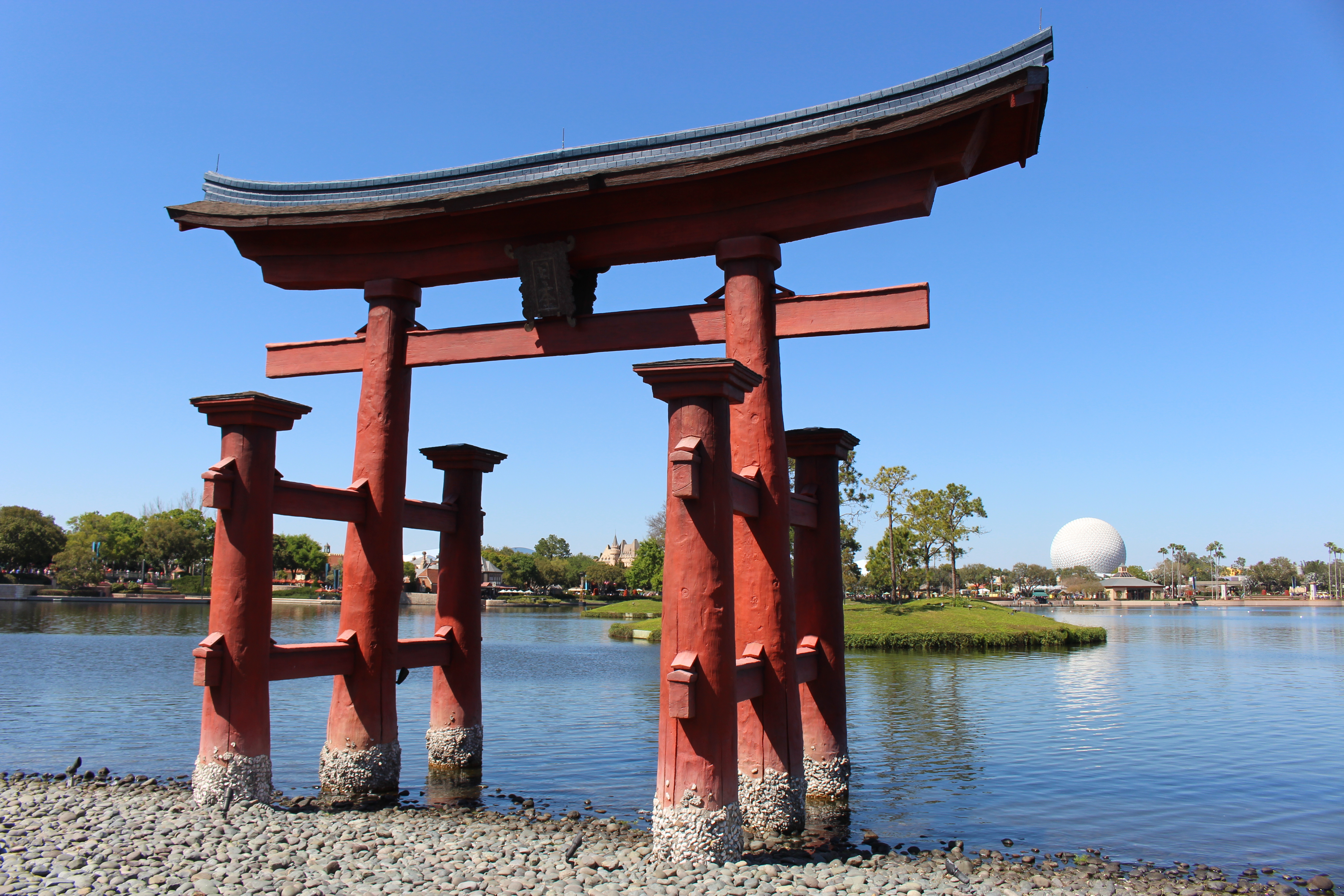
The United States is more than just a collection of states—it’s a living mosaic of cultures, traditions, and histories that transport visitors across the globe without ever needing a passport. From the Dutch windmills of Holland, Michigan, to the Sicilian fishing villages of Monterey, and the French-Spanish-Caribbean fusion of New Orleans, these cities prove that America’s cultural diversity is one of its greatest strengths. Each destination offers an authentic taste of another country, whether through architecture, food, festivals, or deeply rooted traditions passed down for generations. Whether you’re sipping Arabic coffee in Dearborn, dancing to salsa in San Juan, or celebrating Oktoberfest in Fredericksburg, these places invite you to immerse yourself in a different world—no international flight required. By exploring these culturally rich cities, we broaden our perspectives, celebrate heritage, and embrace the diversity that makes America unique—one vibrant neighborhood at a time.

